



















RAF training unit, Bilbais, Egypt, 1944
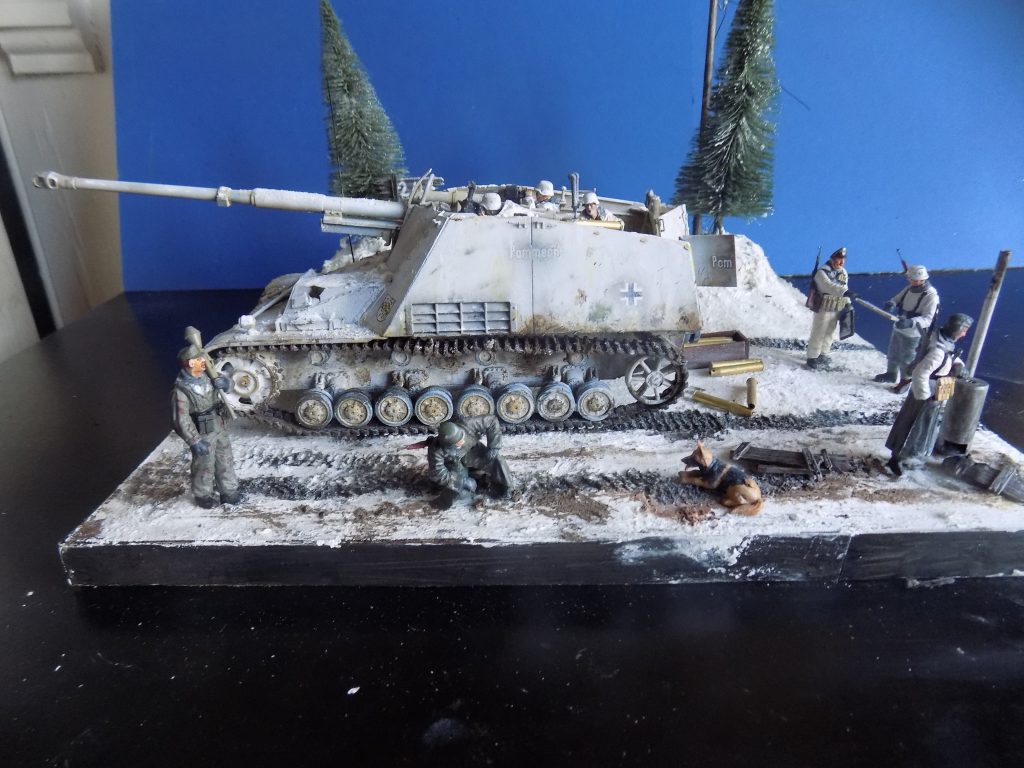
This was a great kit by Tamiya and one I had my eye on ever since it was released a few years back. It has lots of possibilities for a diorama and I chose a winter scene to match the winter white camouflage depicted on the box art.
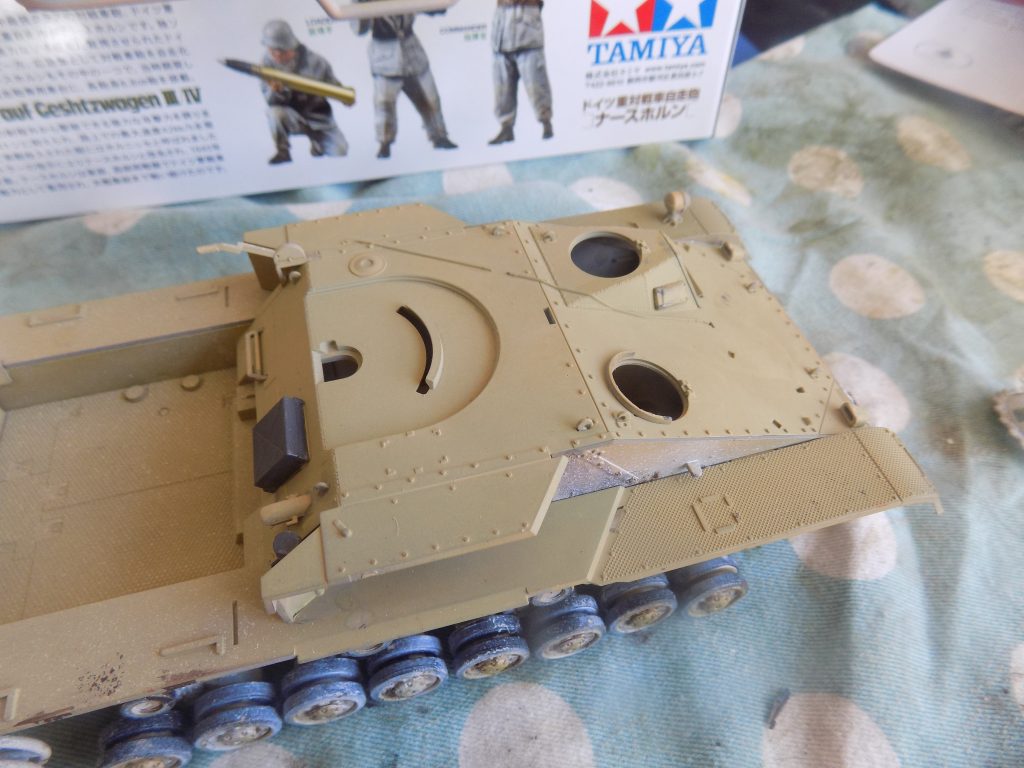
The Nashorn (‘Rhinoceros’) is equipped with 8.8cm Pak 43, a gun based on the successful anti-aircraft weapon and an awesome weapon it is too! For the chassis, it was decided to use the Panzer III/IV as time was short and a vehicle was needed urgently to counter the overpowering Soviet T-34 tank.
In October 1942, Hitler ordered the production of 100 examples by May 1943, in time to join the summer offensive at Kursk. In total, 439 Nashorns were built, ending in March 1945.
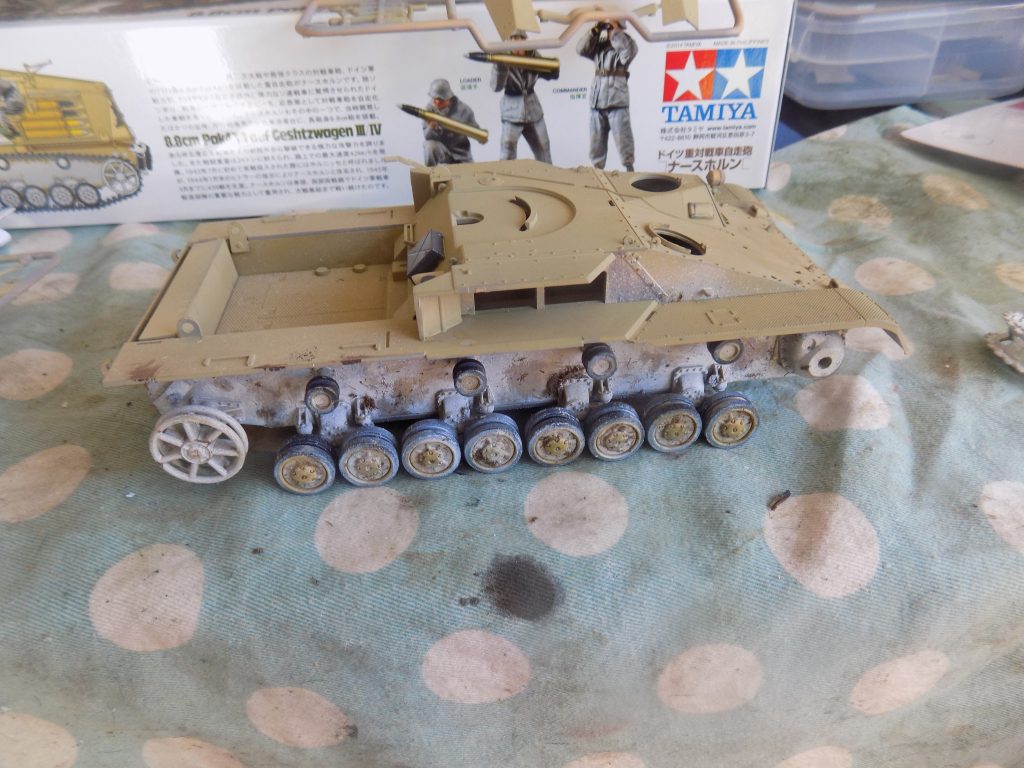
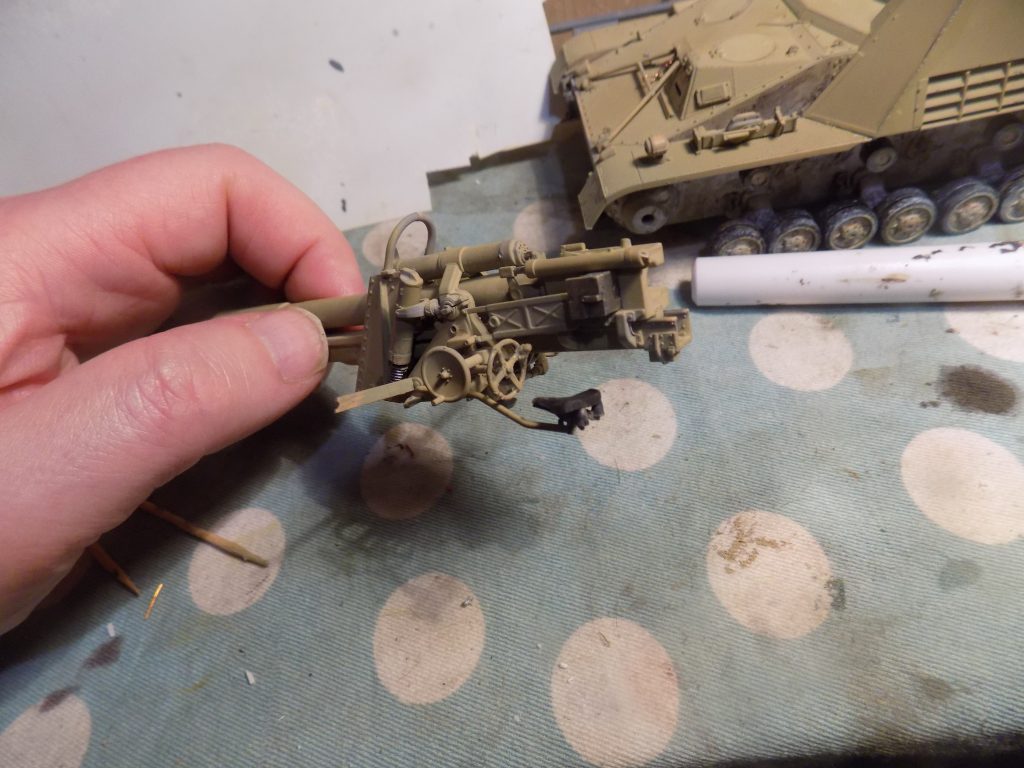
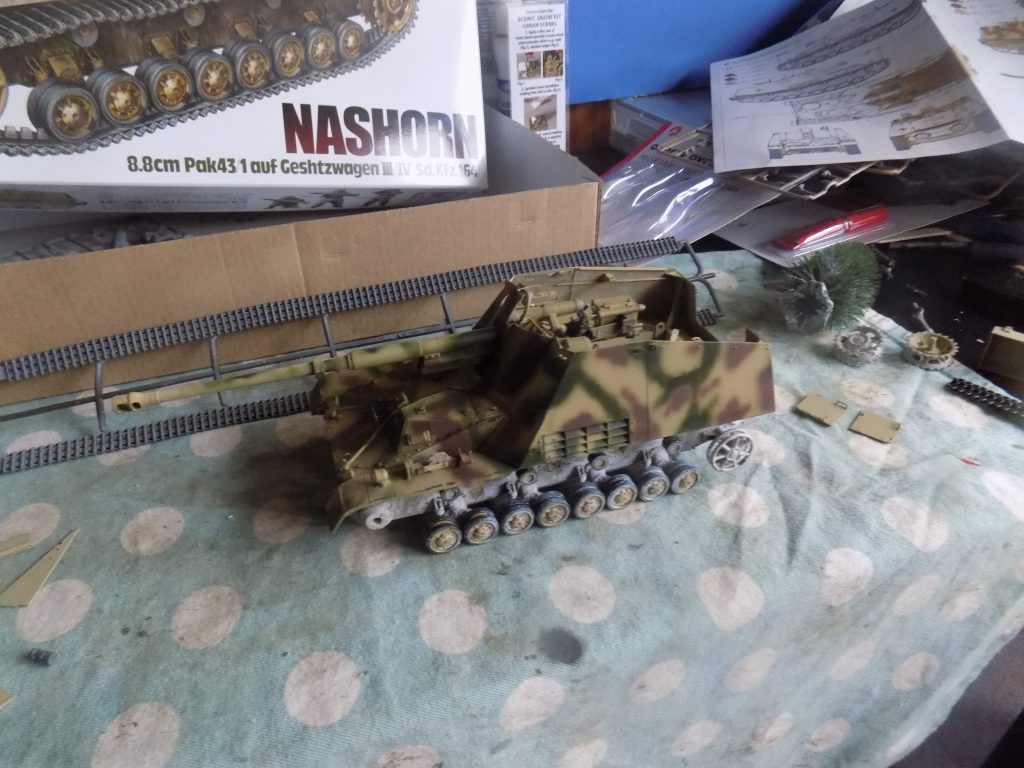
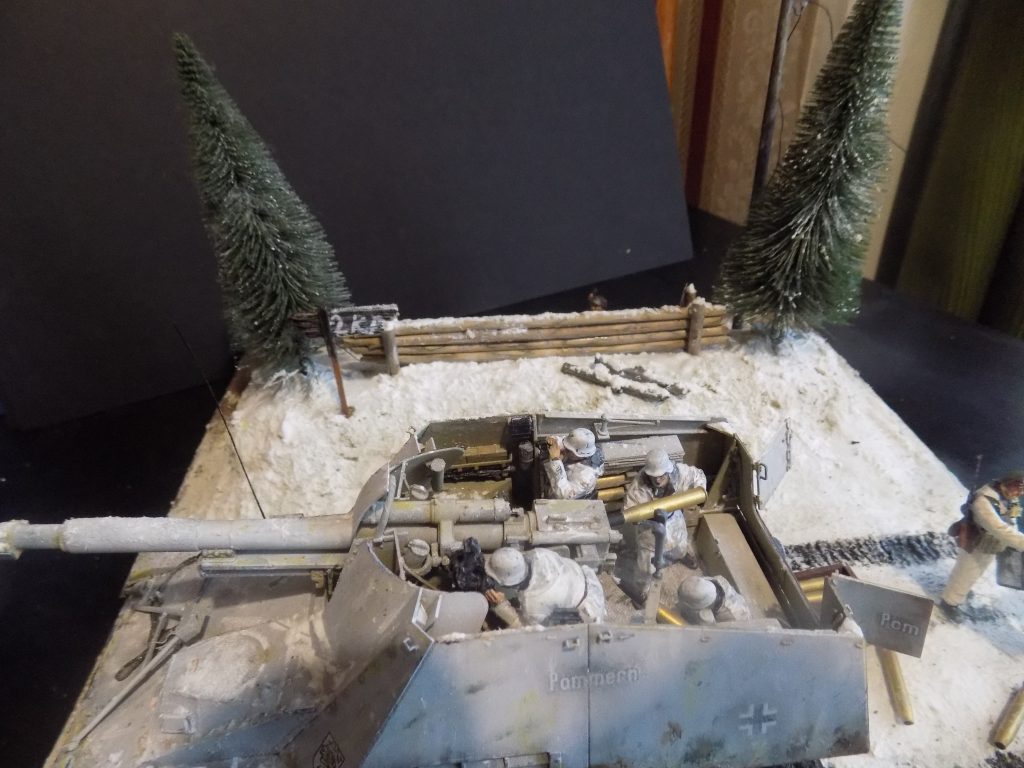
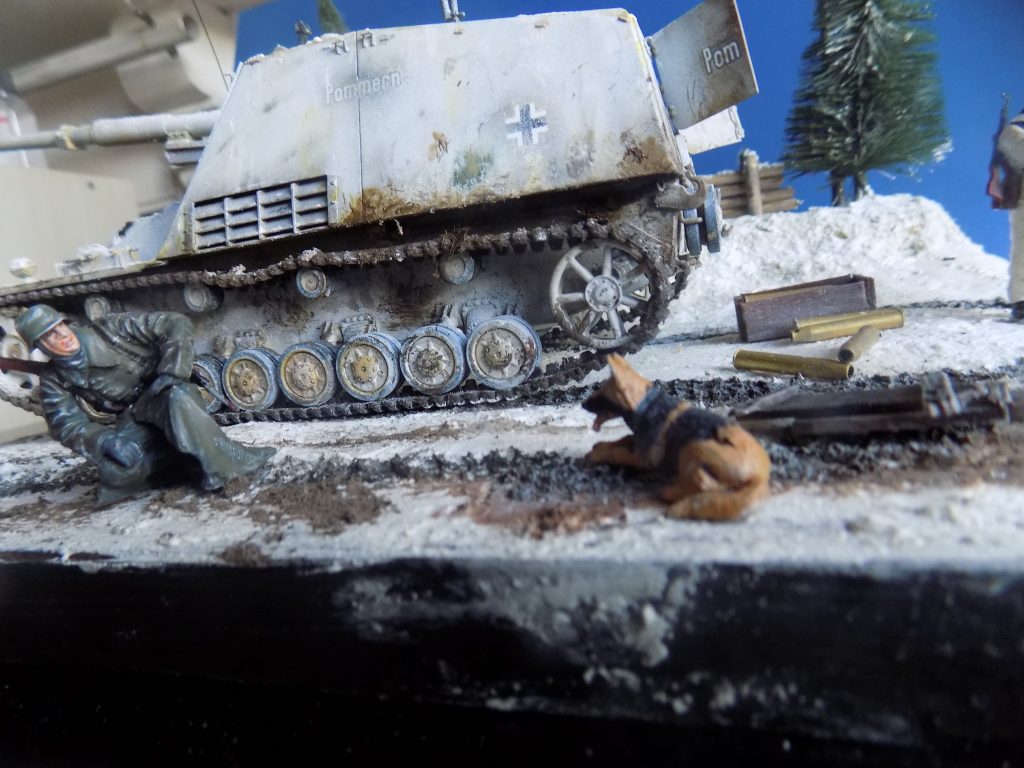
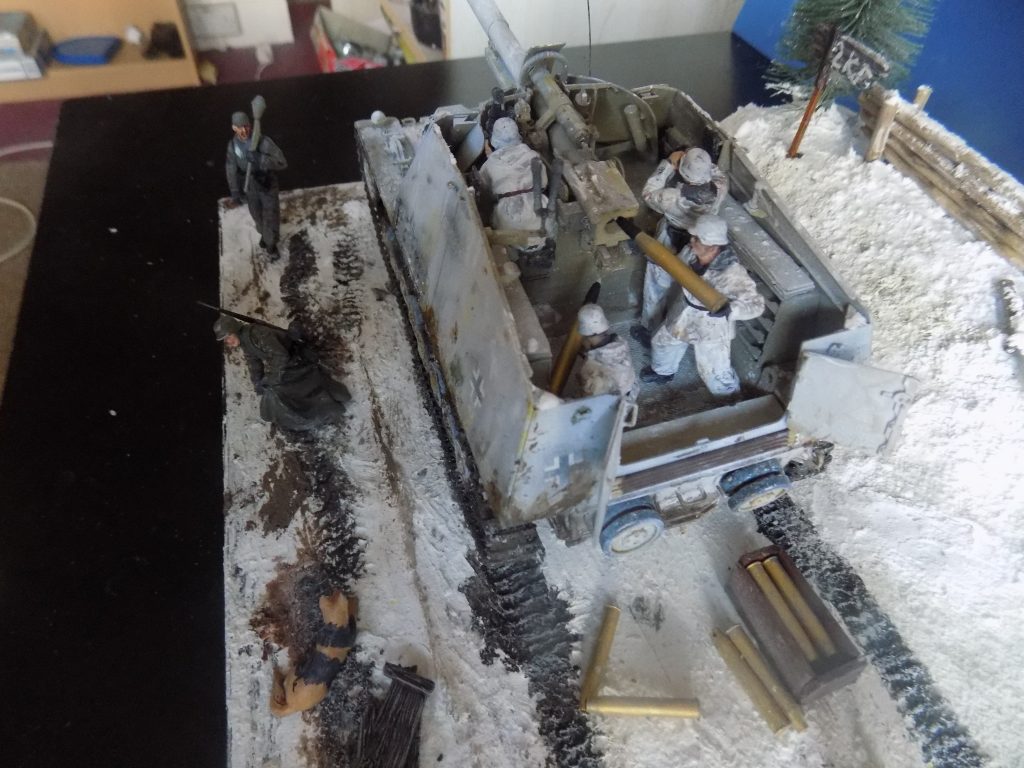
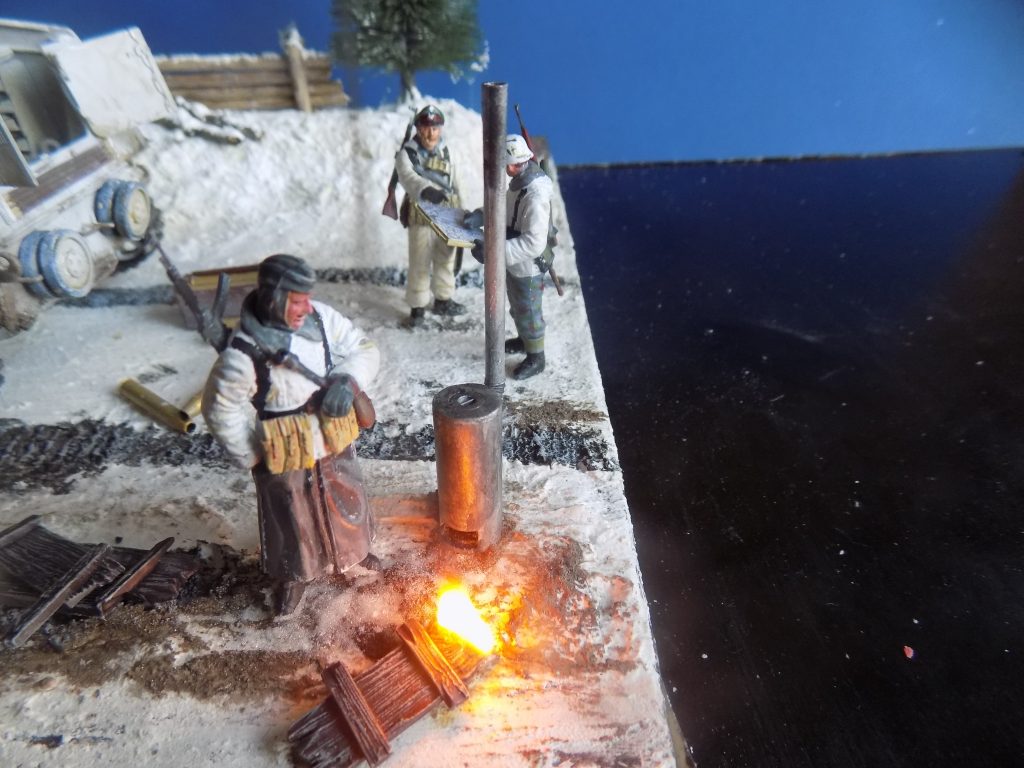
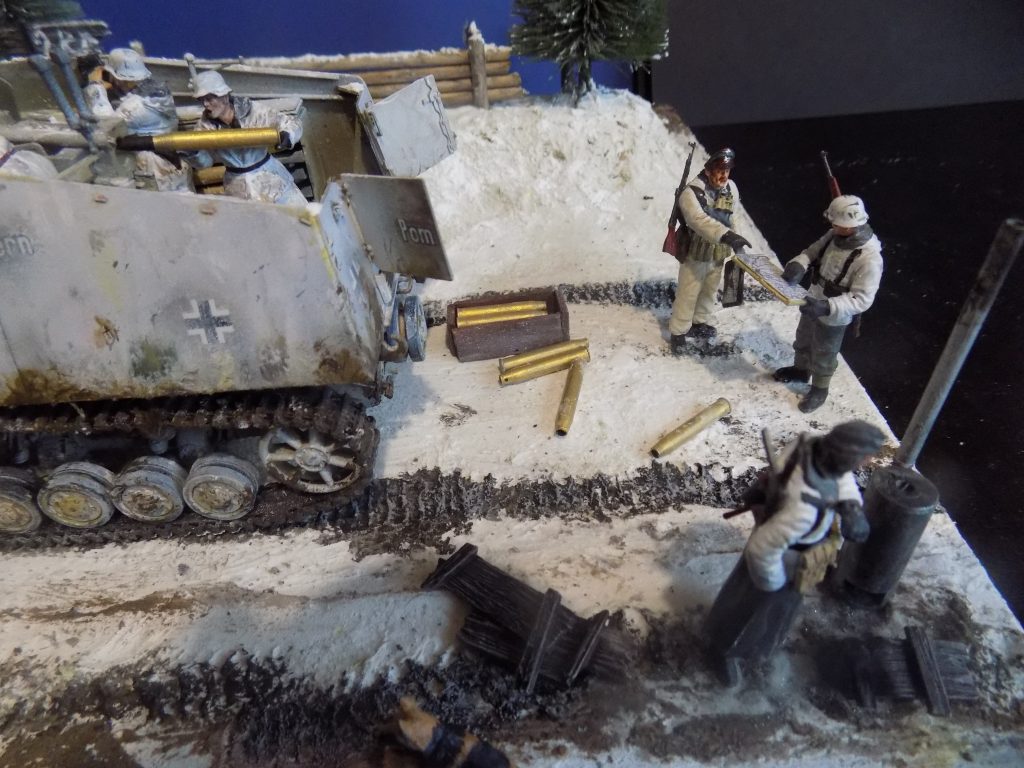
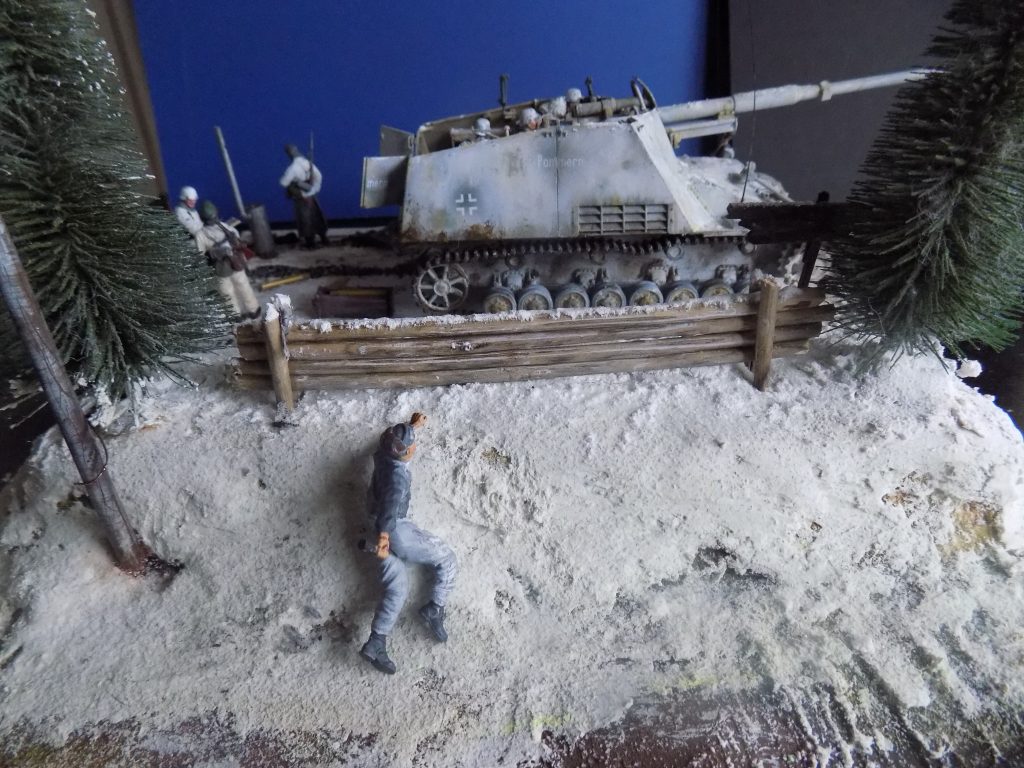

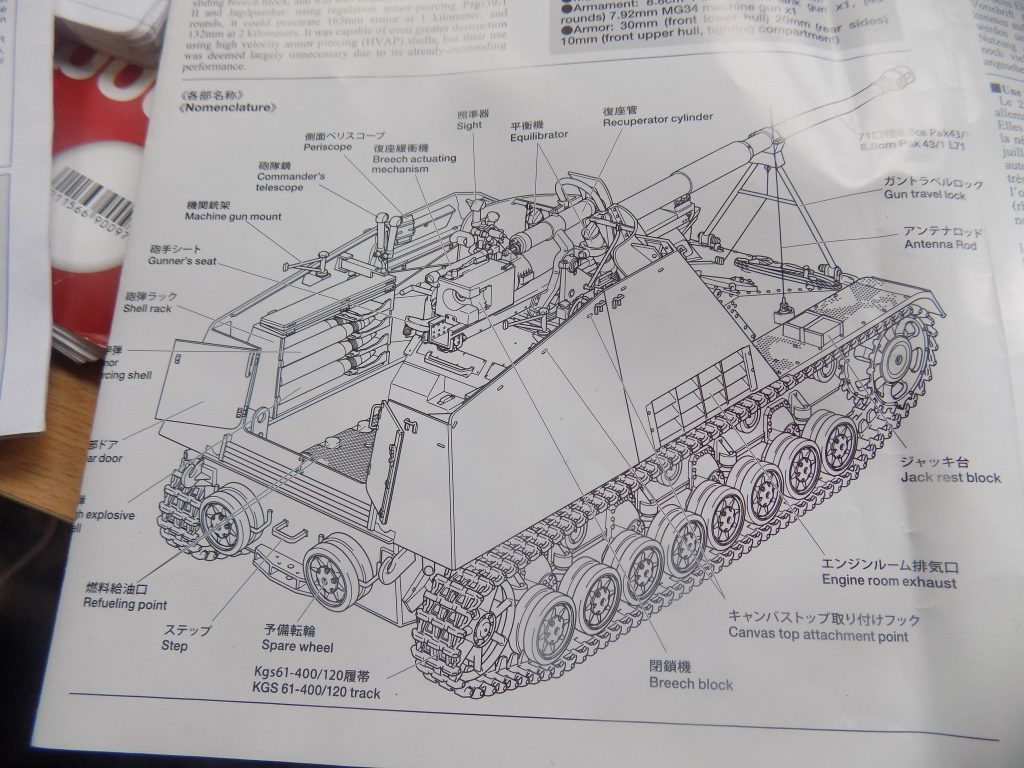
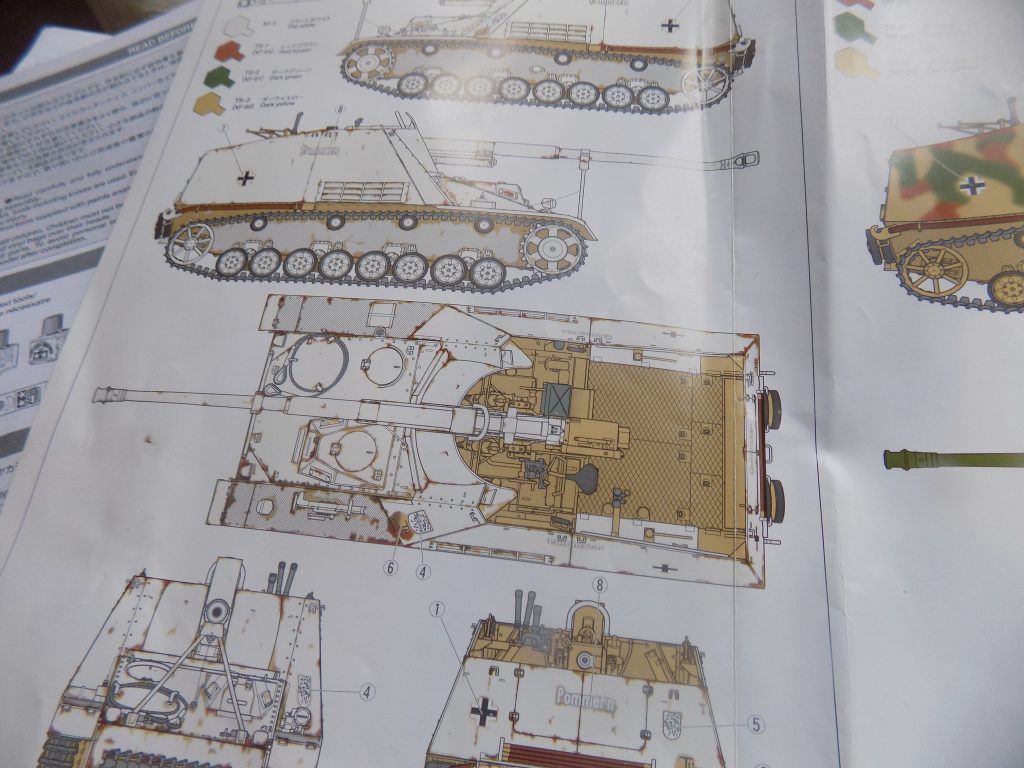
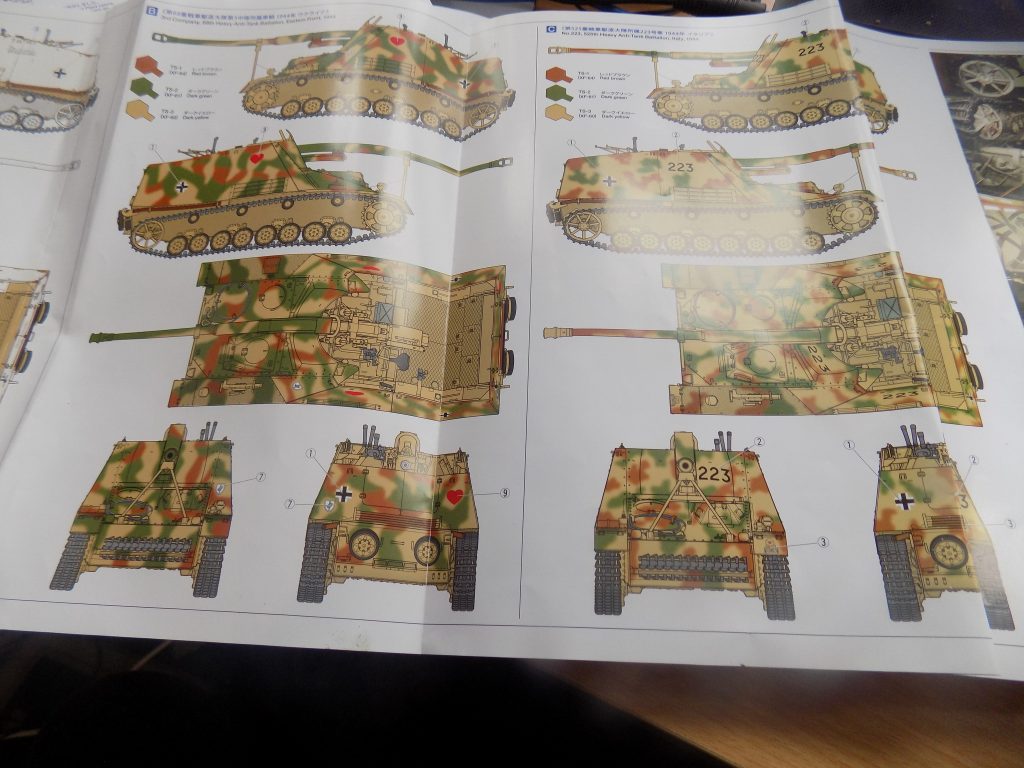
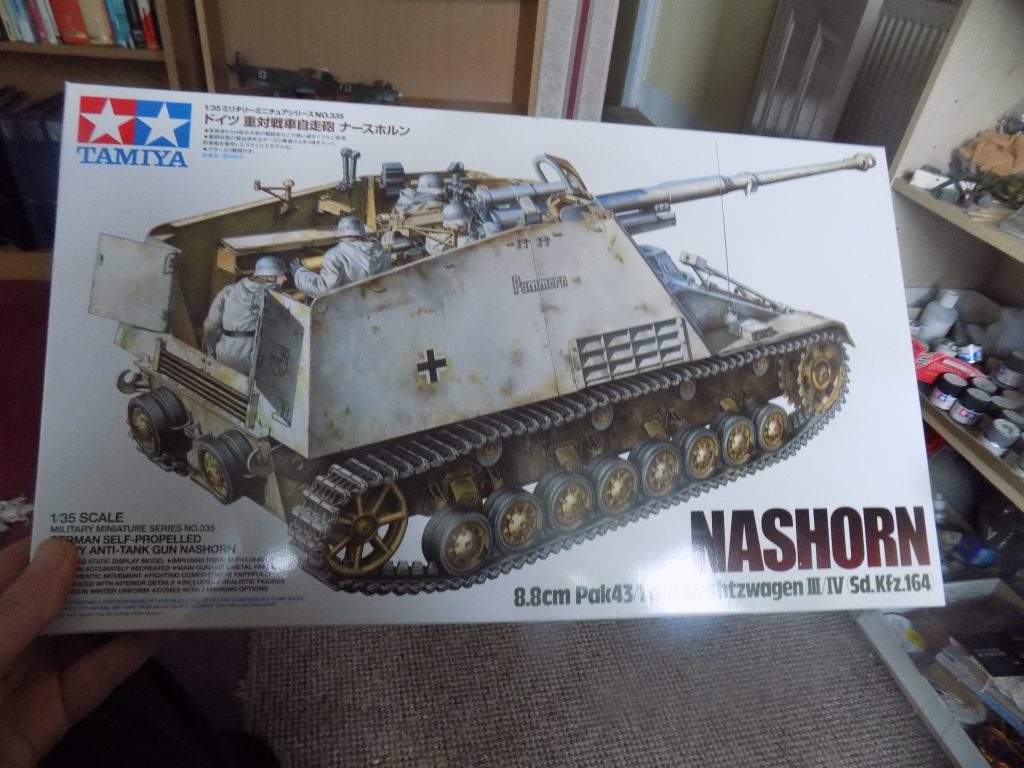
According to Tamiya:
‘The Nashorn quickly proved its value in live combat, causing havoc among Russian tanks in its maiden deployment, as part of the 560th which provided cover for the flanks of the 4th Panzer Army in the 1943 German assault on Kursk. It is also said that in action with the 525th in the Battle of Monte Cassino, January 1944, a Nashorn destroyed an M4 Sherman from a range of 2,800 metres’ (!).
From December 1943 to March 1944, Commander of the 1st Platoon of the 1st Company, Lt. Albert Ernst, destroyed some 65 enemy tanks in the Vitebesk area of Belarus for which he was awarded the Knight’s Cross.
Overall, the Nashorn was a very effective weapon and if it had been introduced into mass production earlier in the war it might have had a decisive effect.
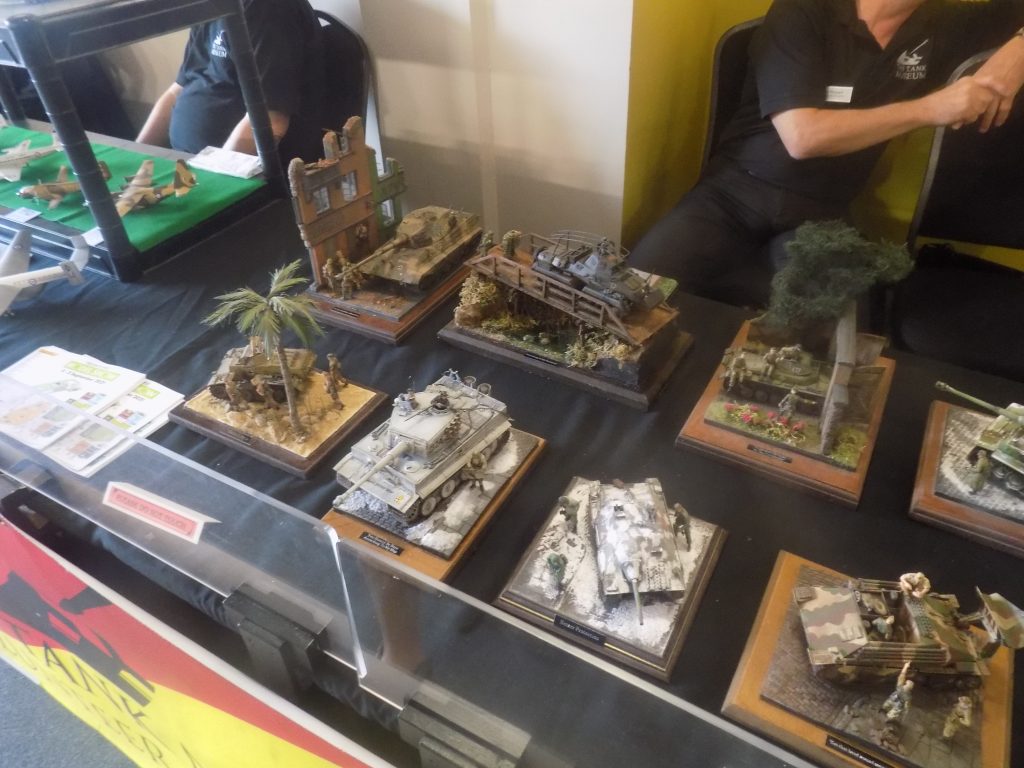
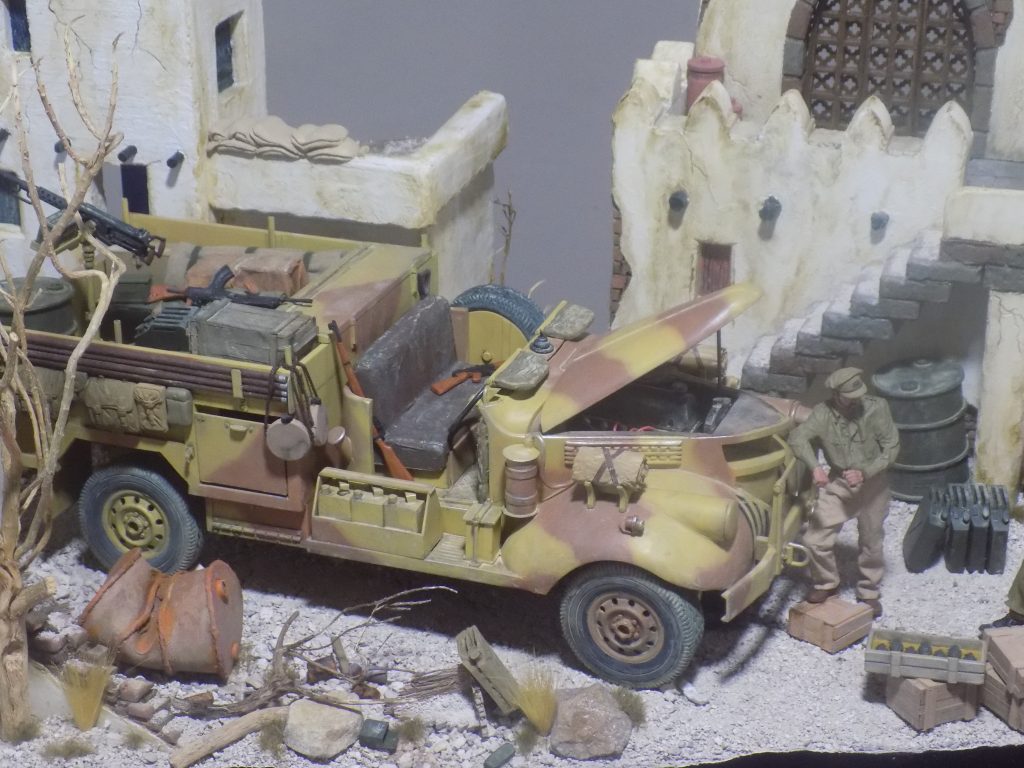
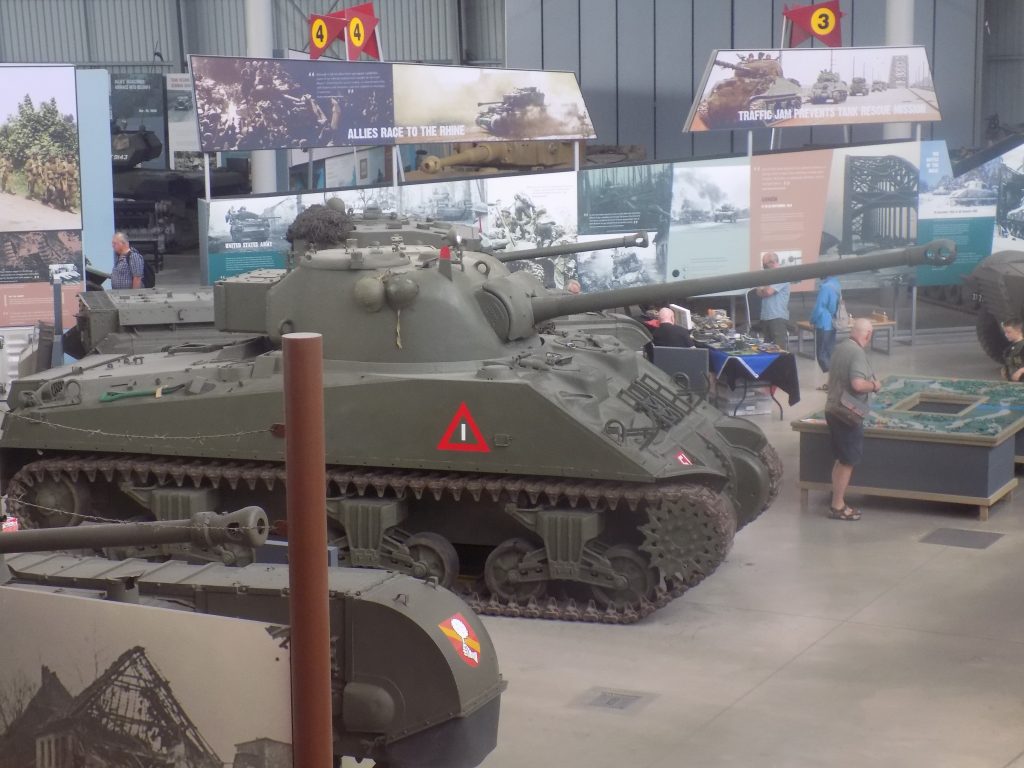
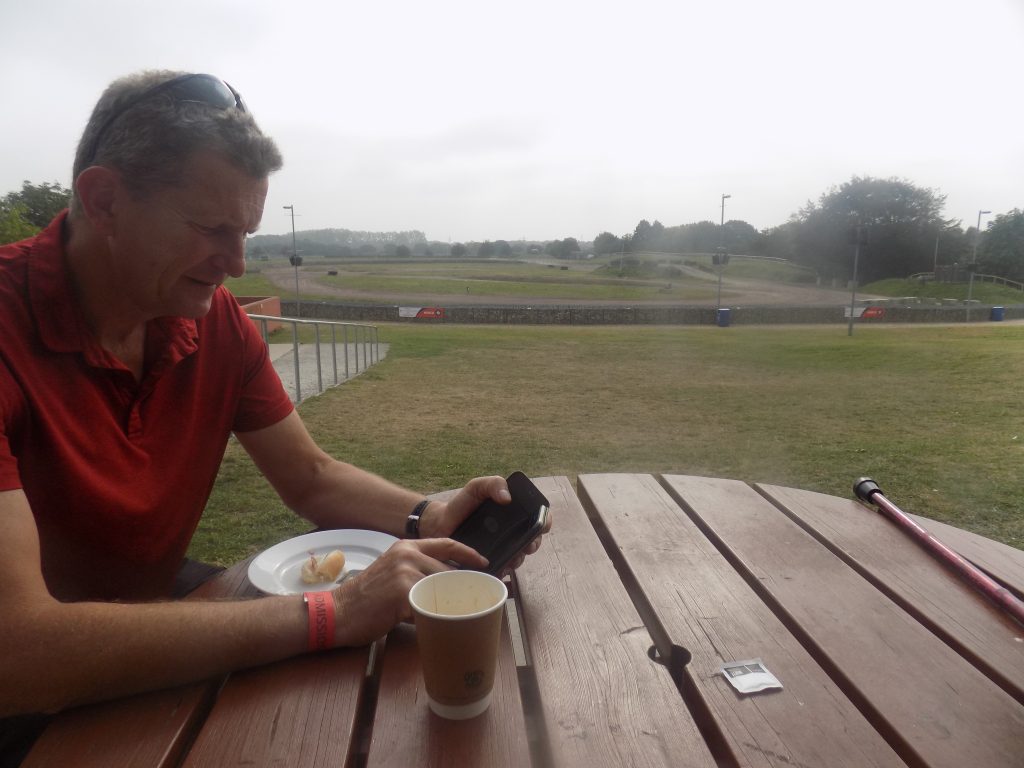

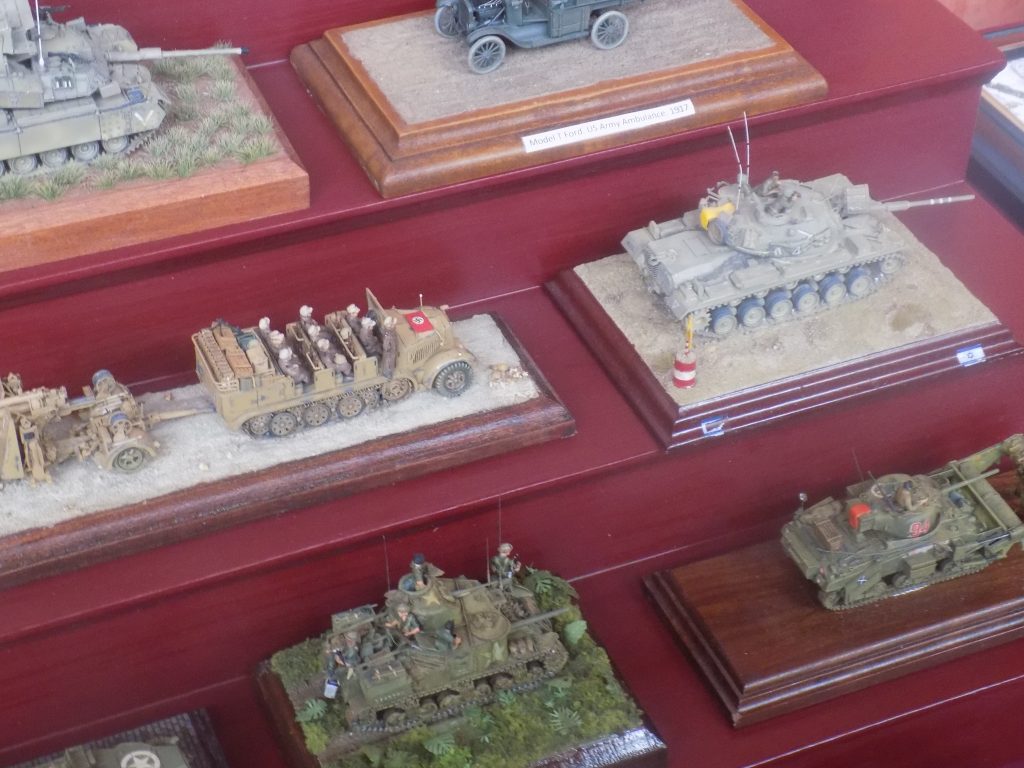
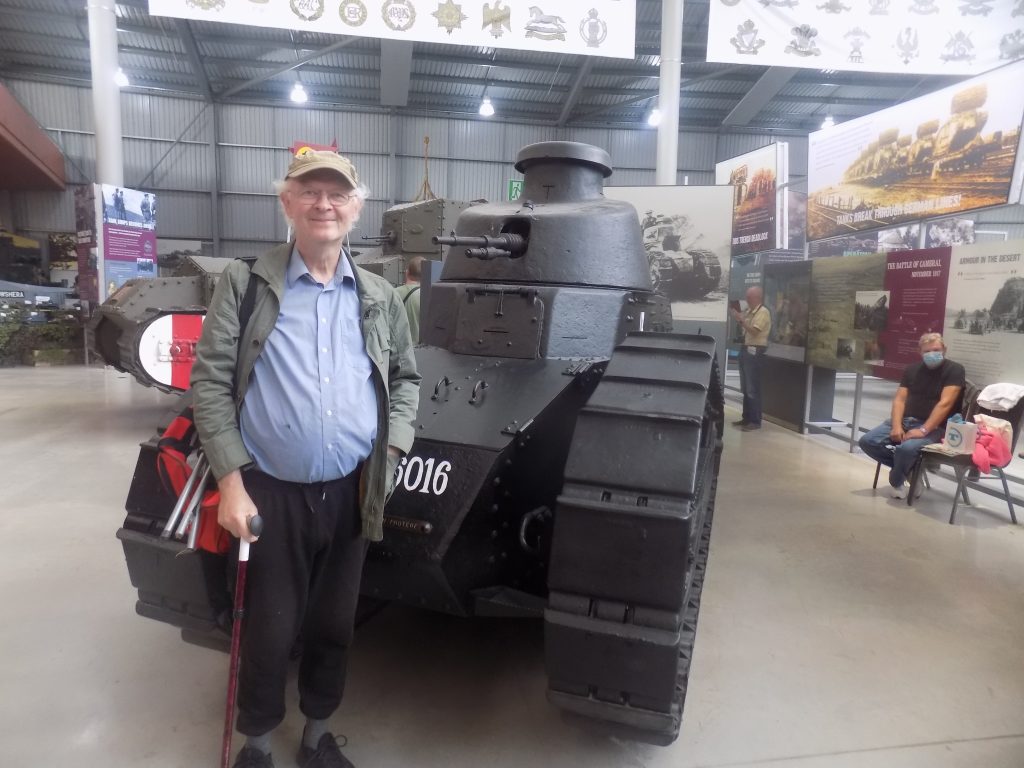
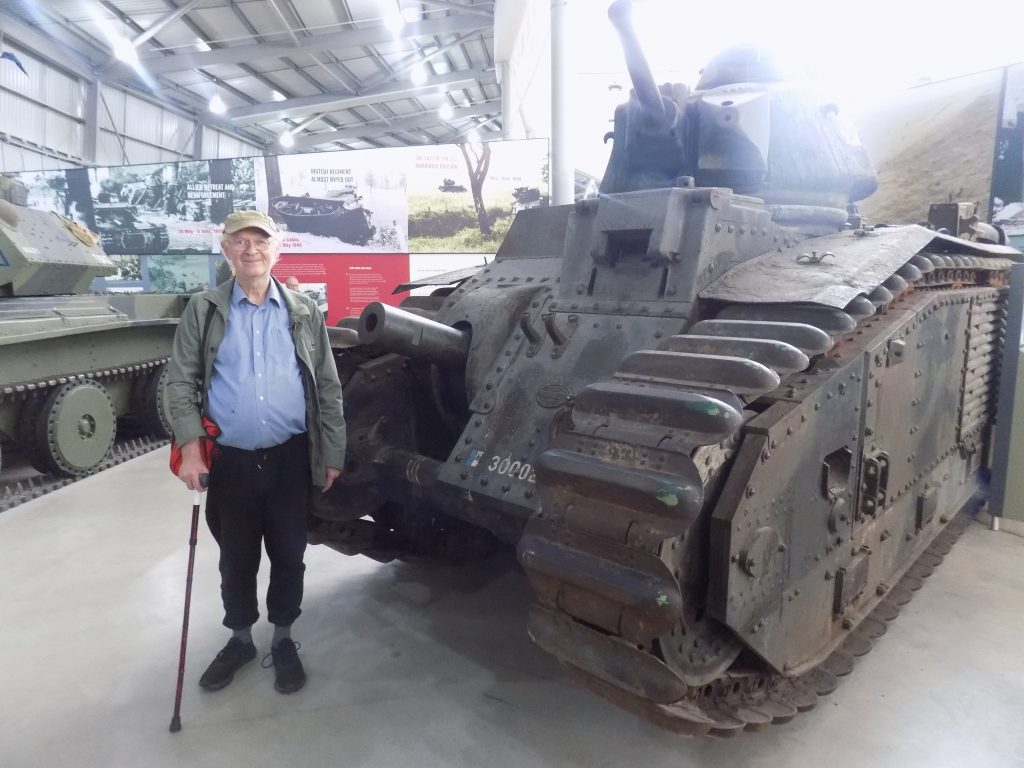
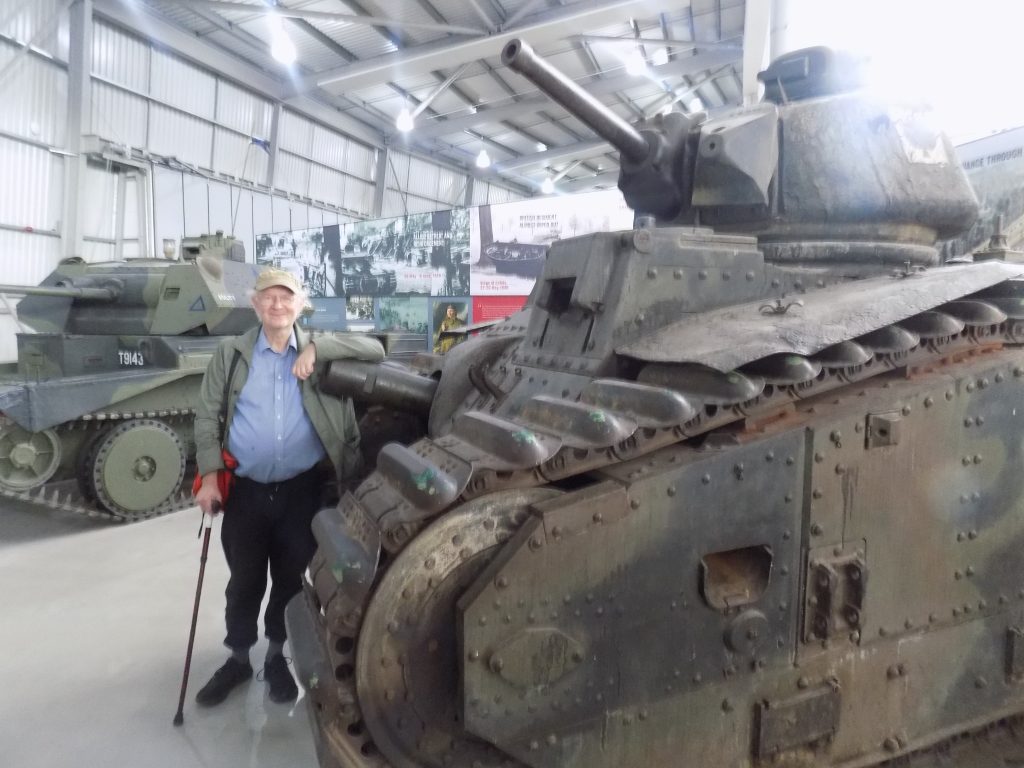
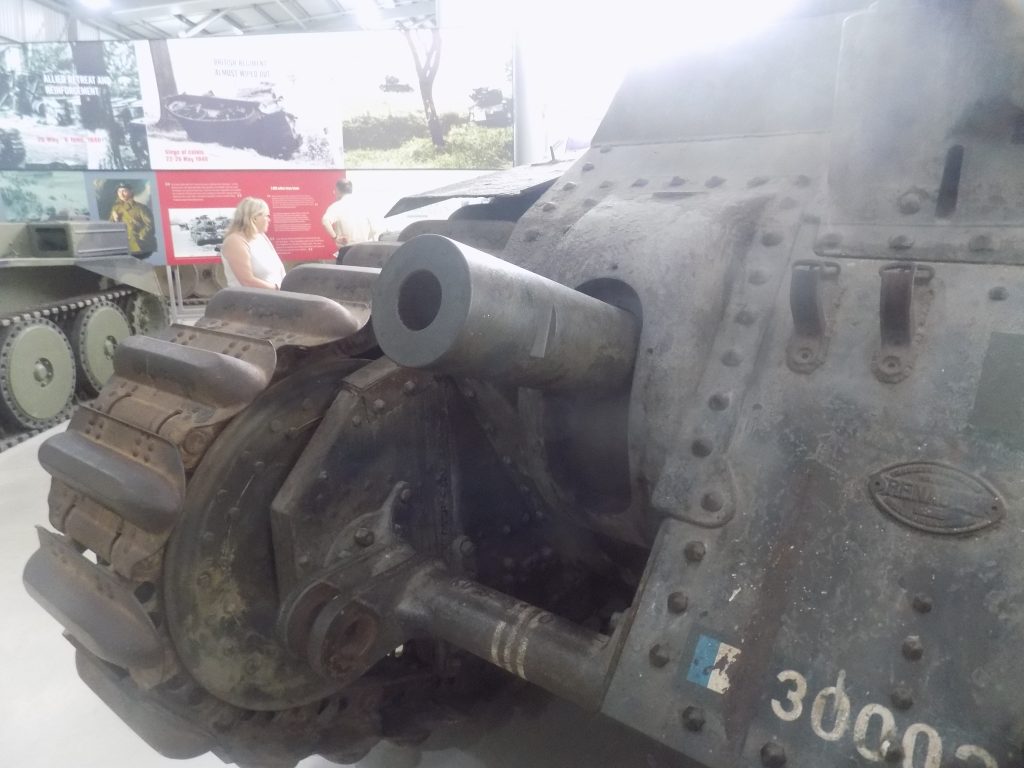
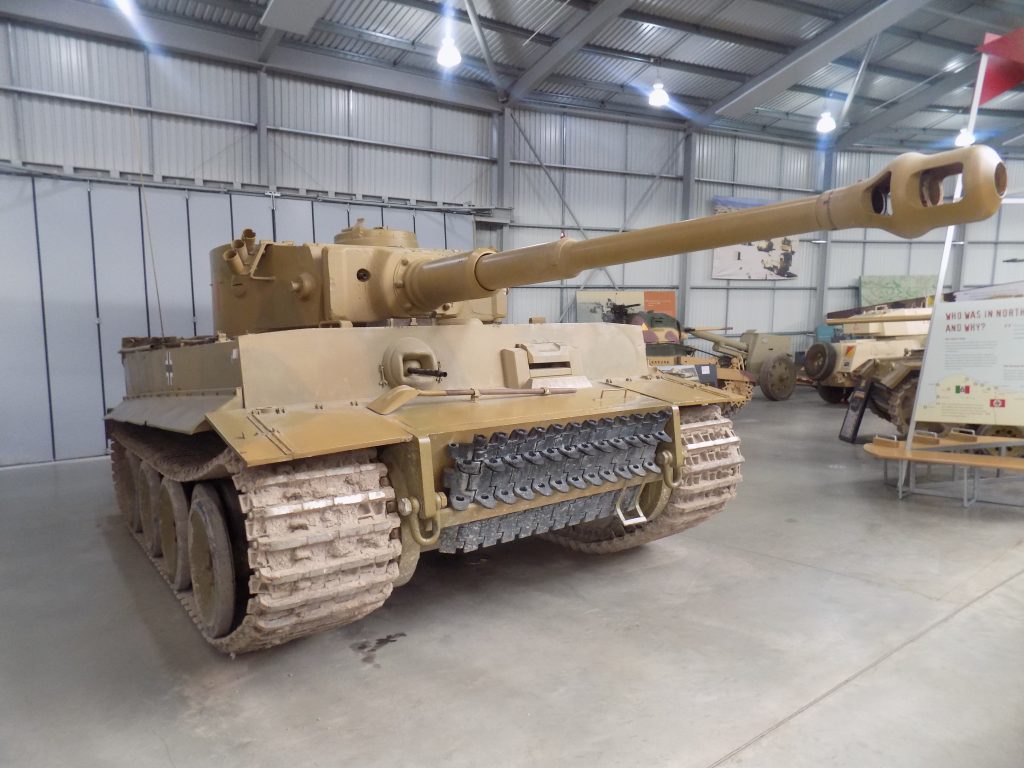
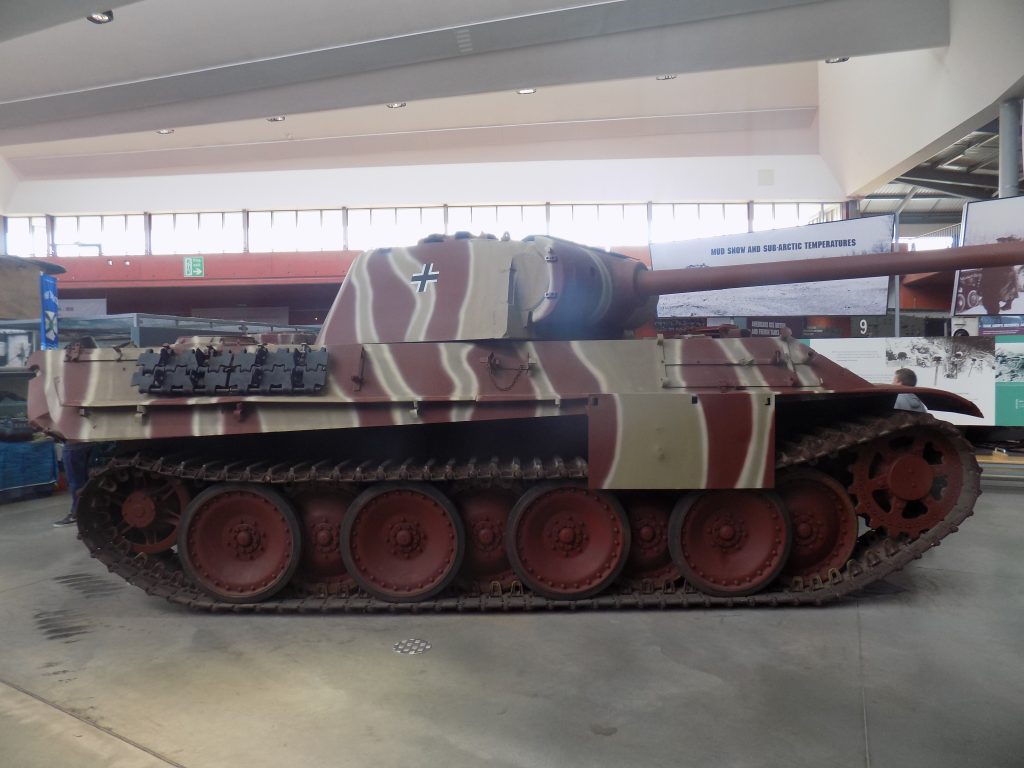
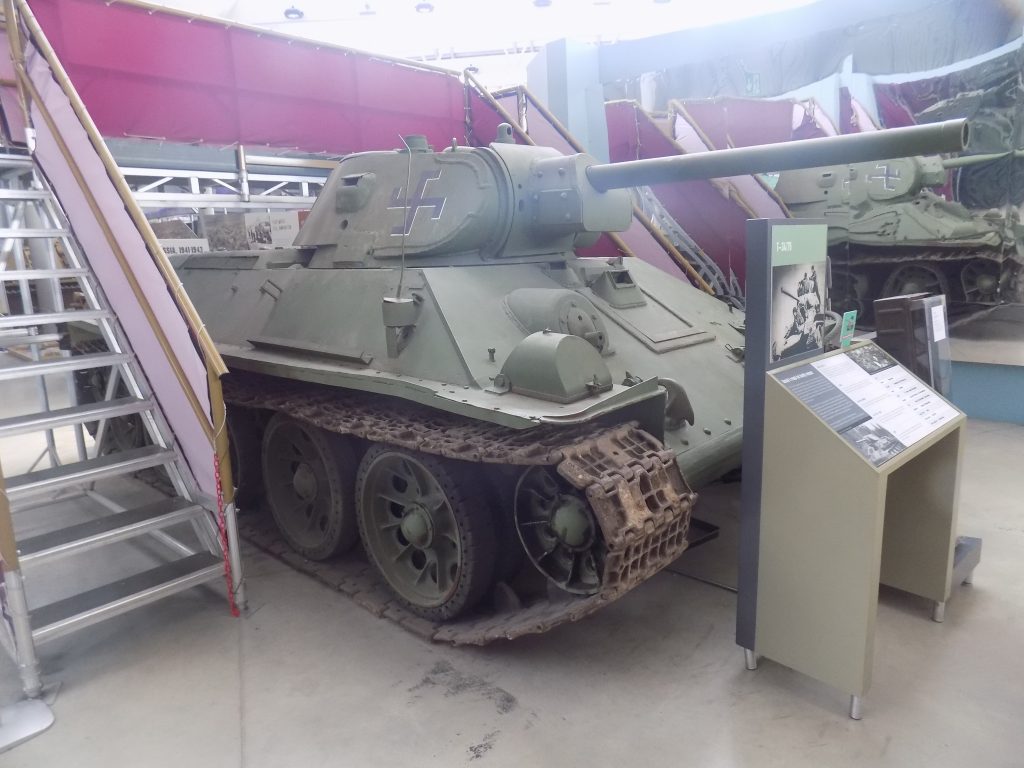
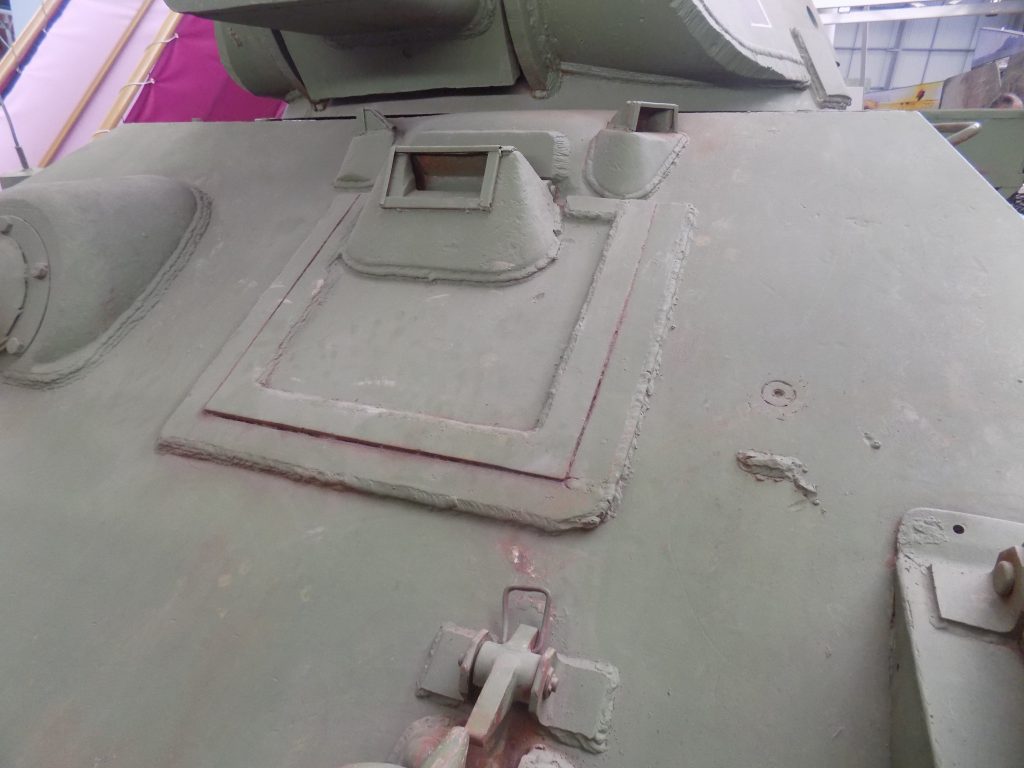
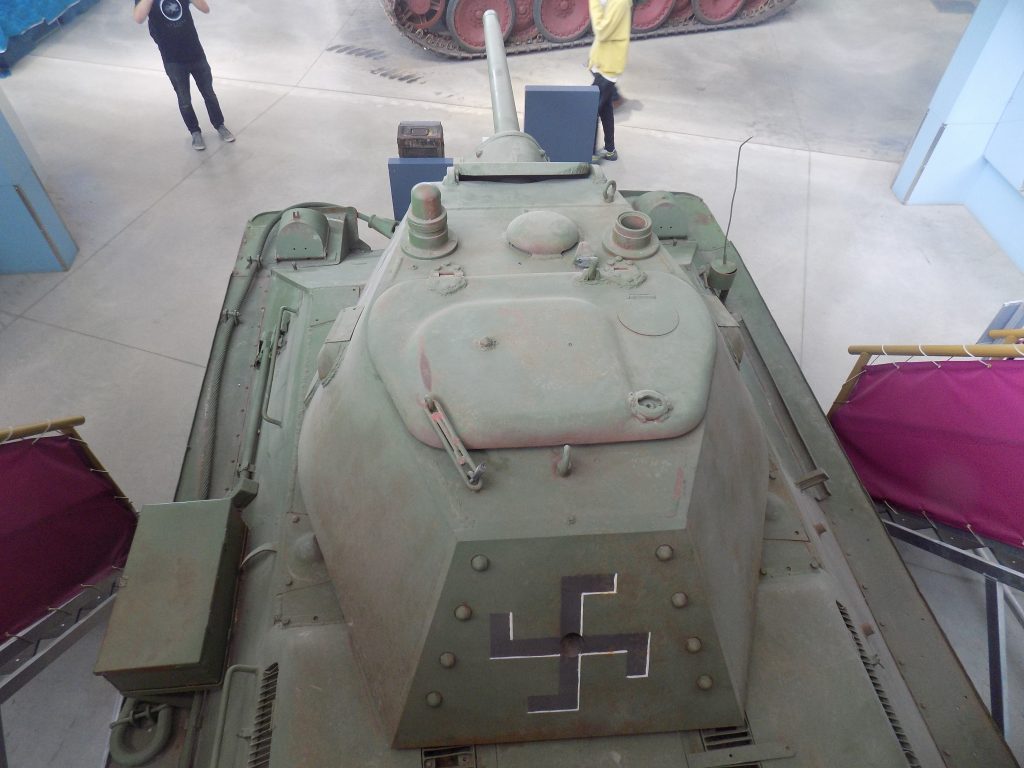
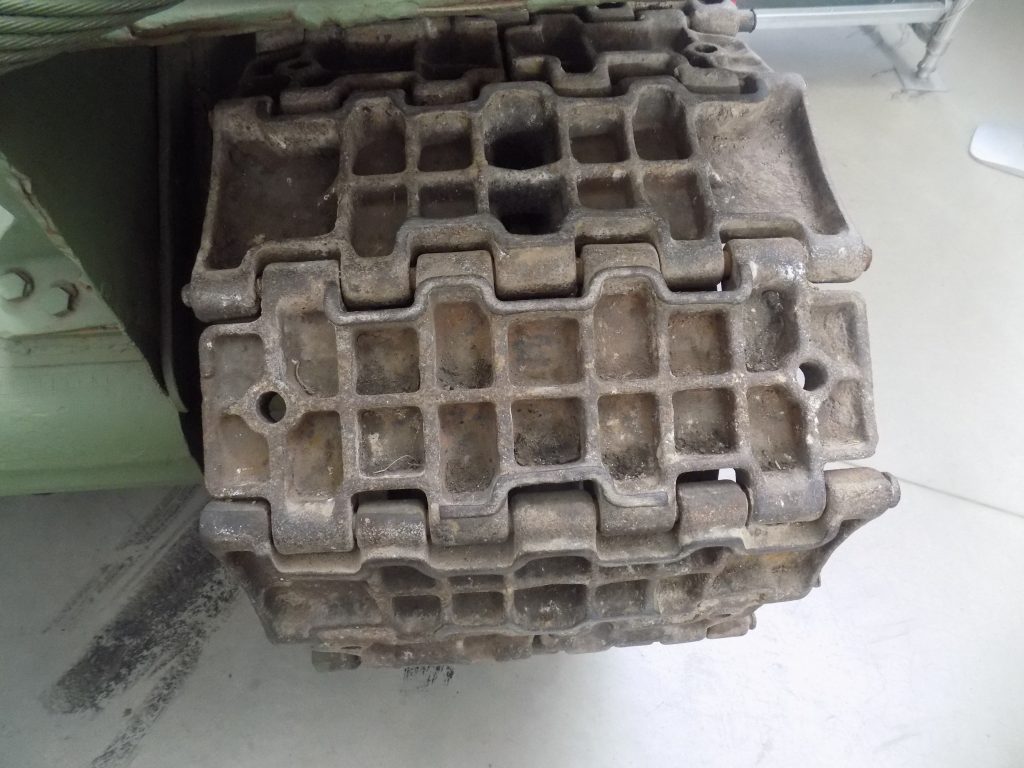
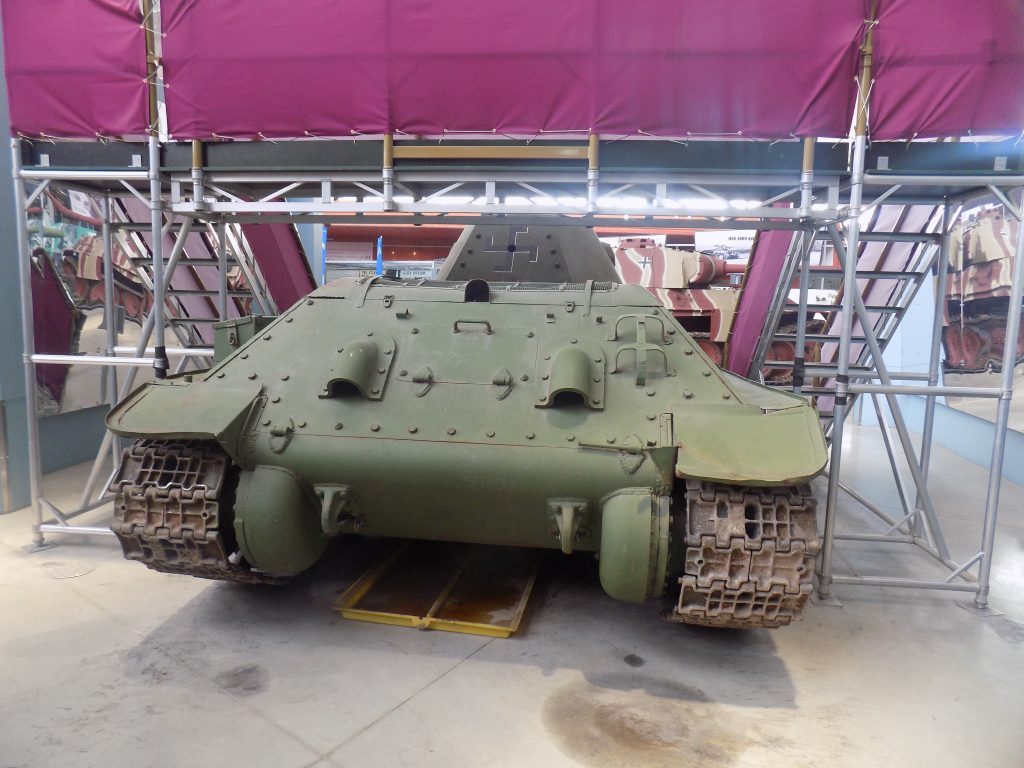
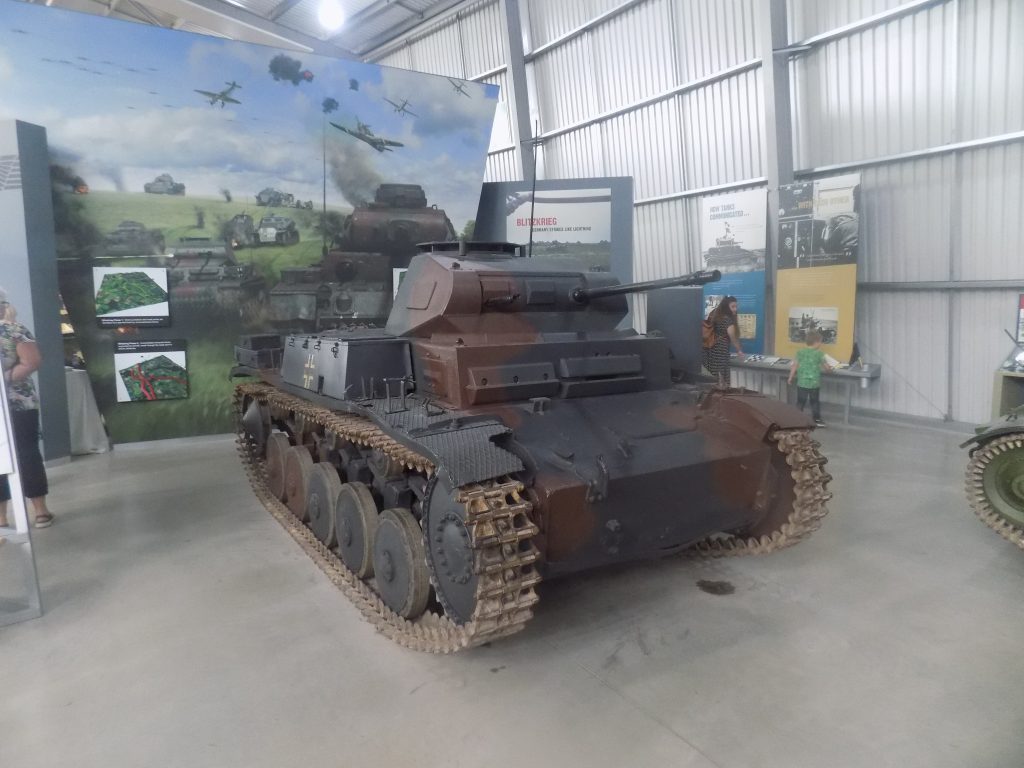
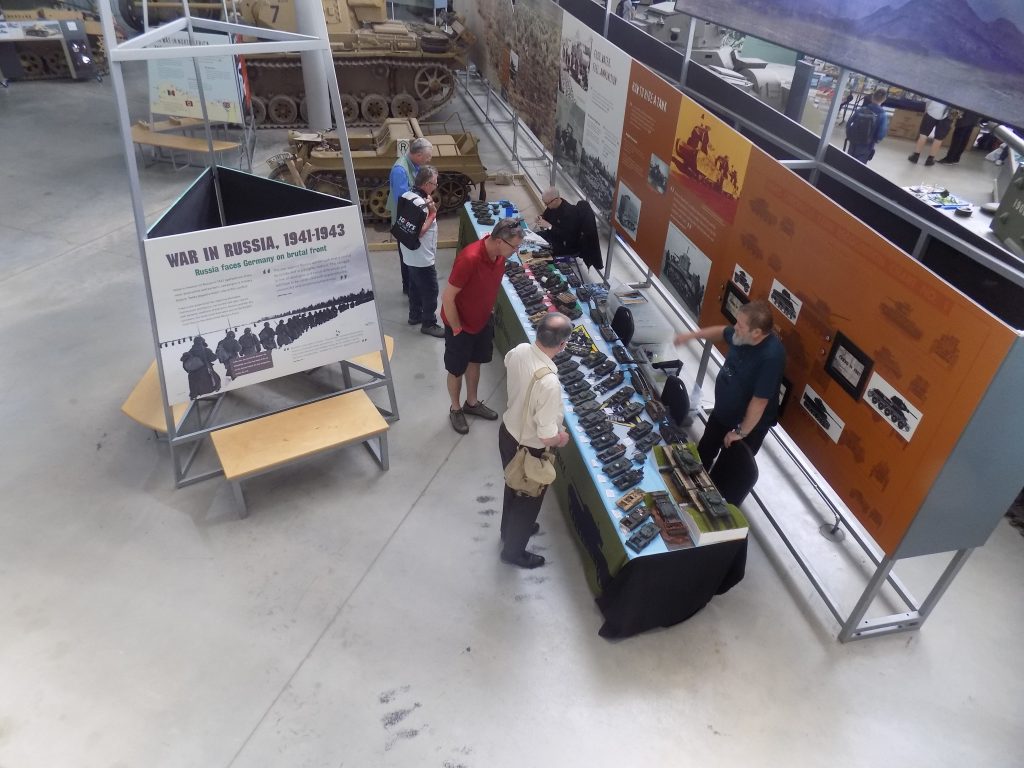
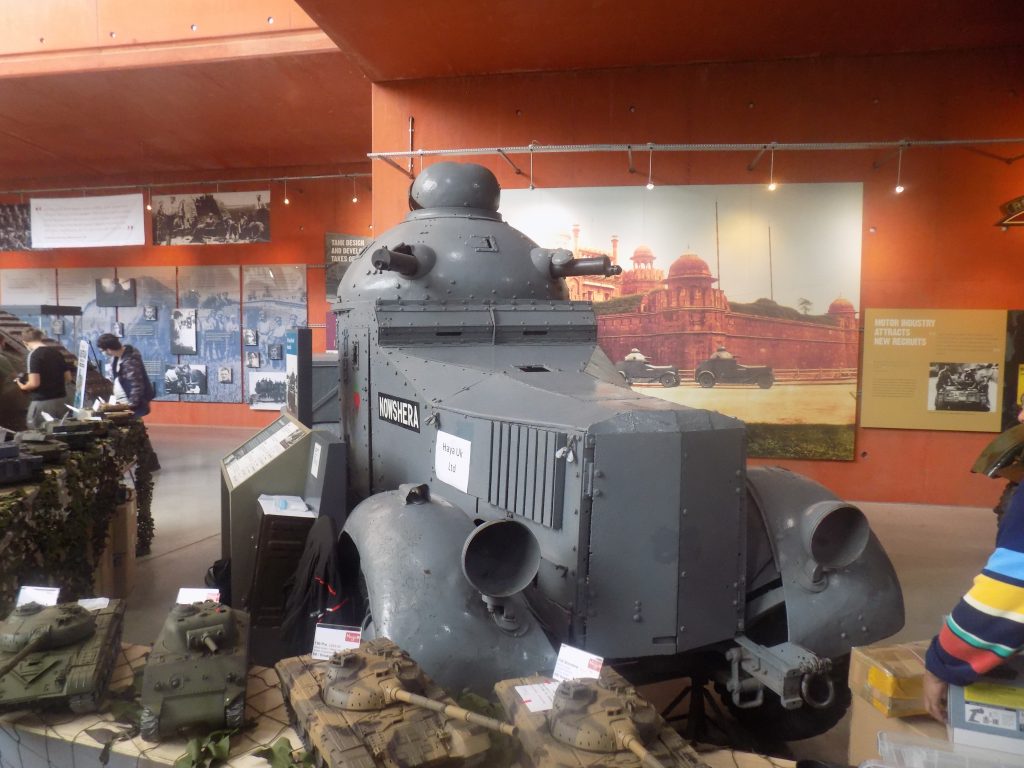
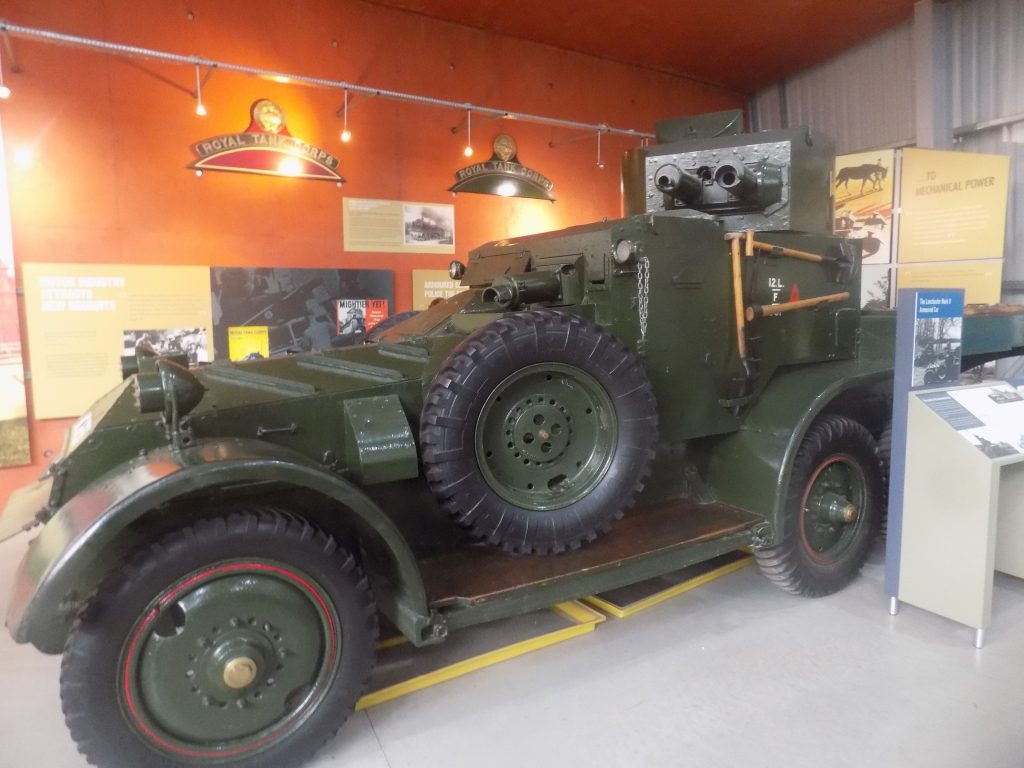
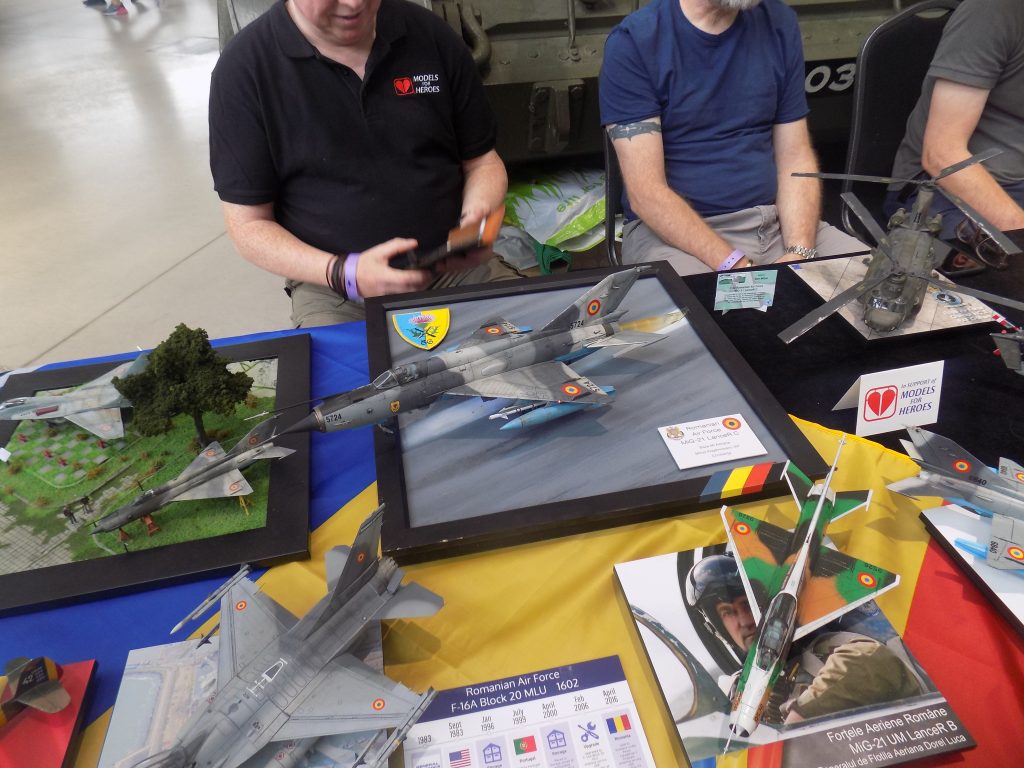
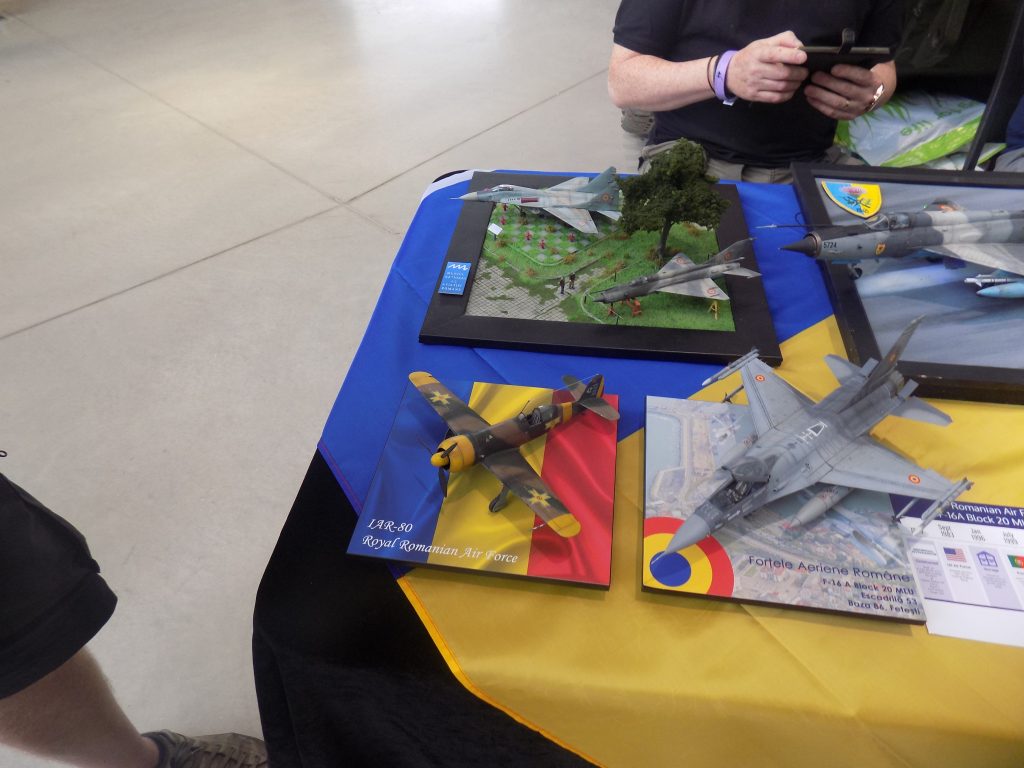
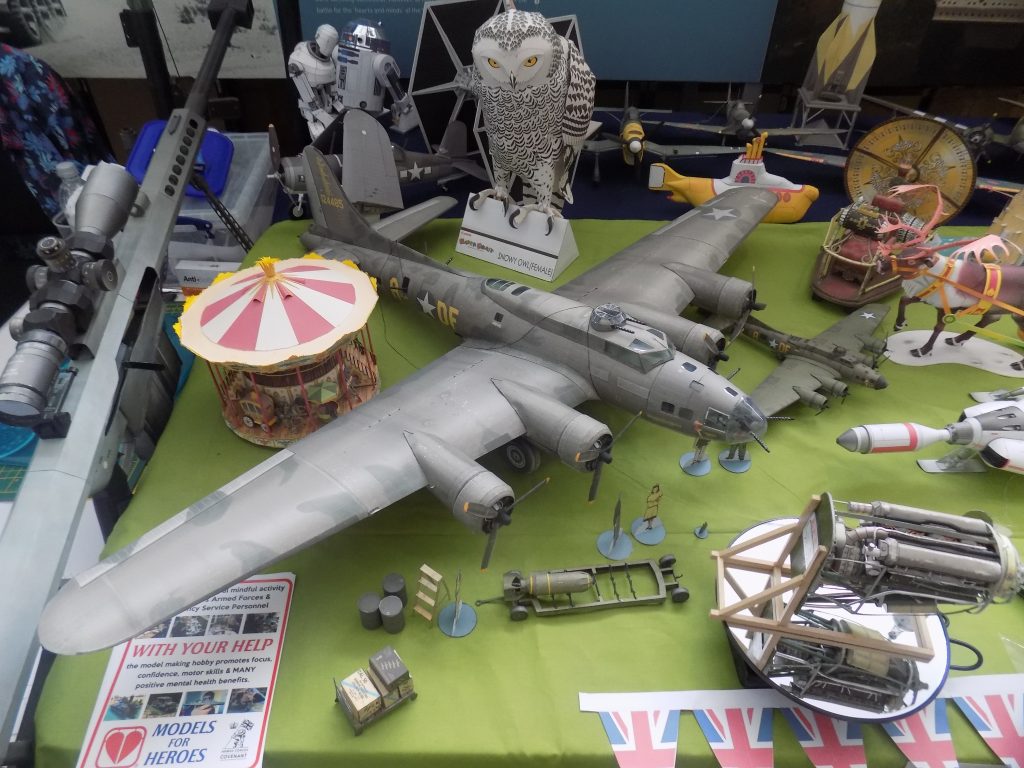
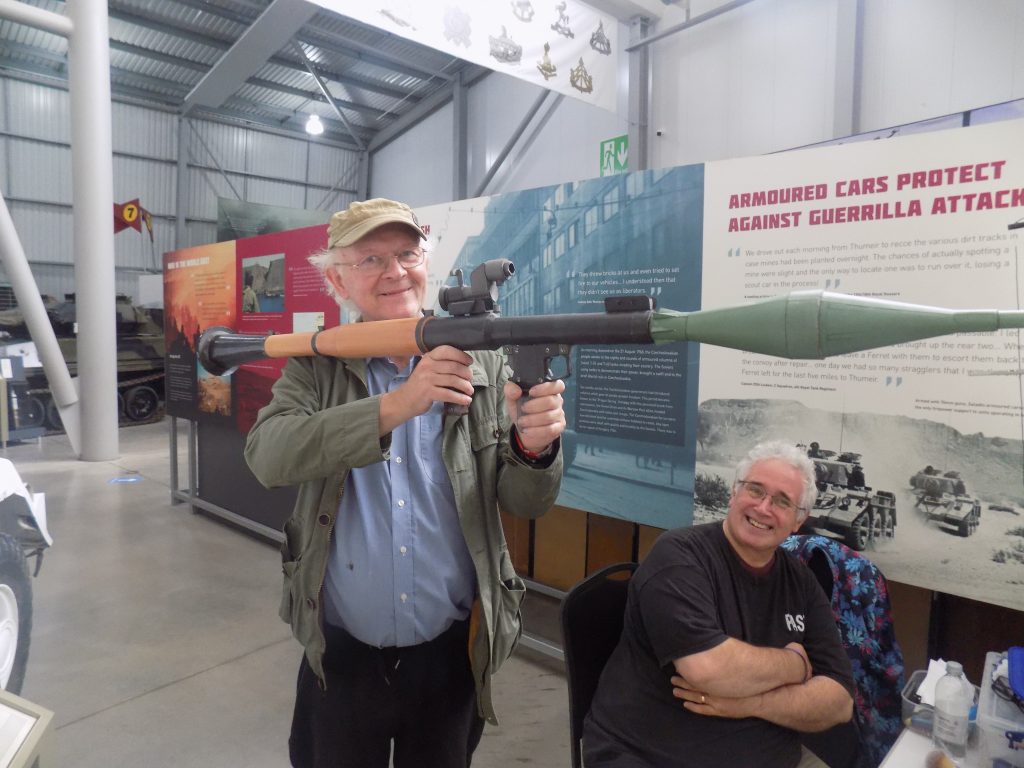
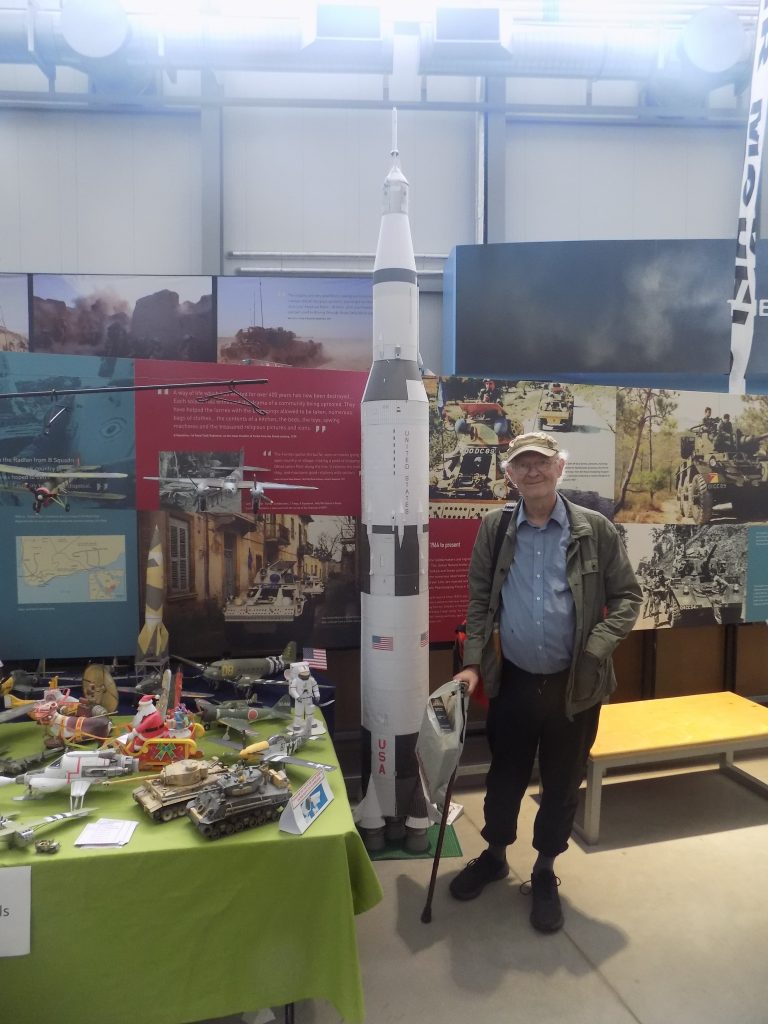
A great day out and inevitably Richard and I ended up buying a few more model kits for our ever growing stashes! Thanks to Richard again for successfully and safely navigating us there and back.
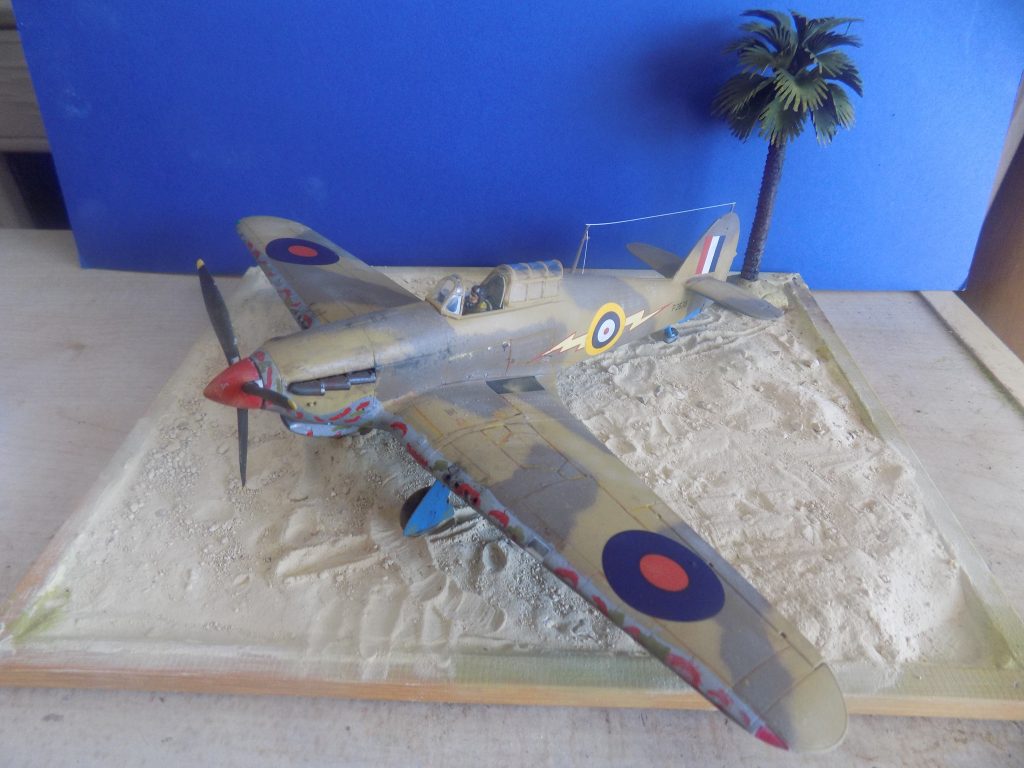
The Hurricane was getting towards obsolescence by the start of WW2, but this tough, partly fabric covered aircraft played a crucial role in the early part of the war and went with the BEF to France in early 1940. We all remember the scene of them getting shot up at the start of the movie ‘Battle of Britain‘, shown elsewhere on my site.
Quite a bit of work went into the construction of this kit although most of it you can’t see as it’s inside the fuselage! Airfix have taken to adding a lot of interior details to their models of late, no bad thing in my opinion.
There were one or two oddities with this kit, one of which was having to cut out a sizeable piece of plastic under the nose.

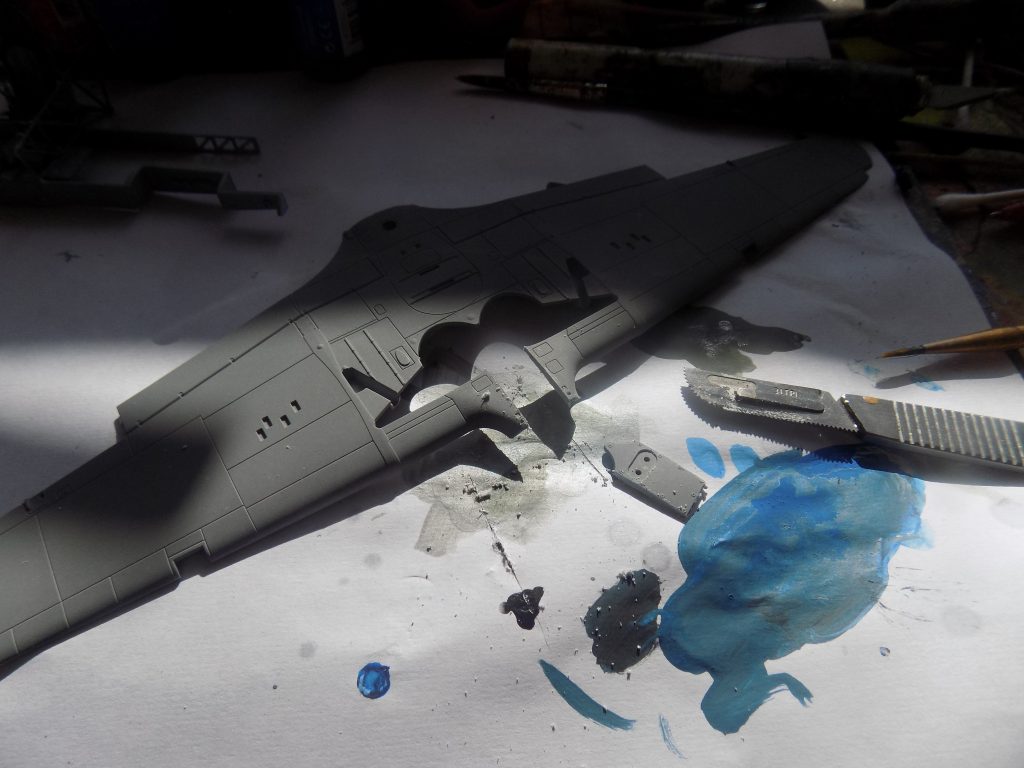
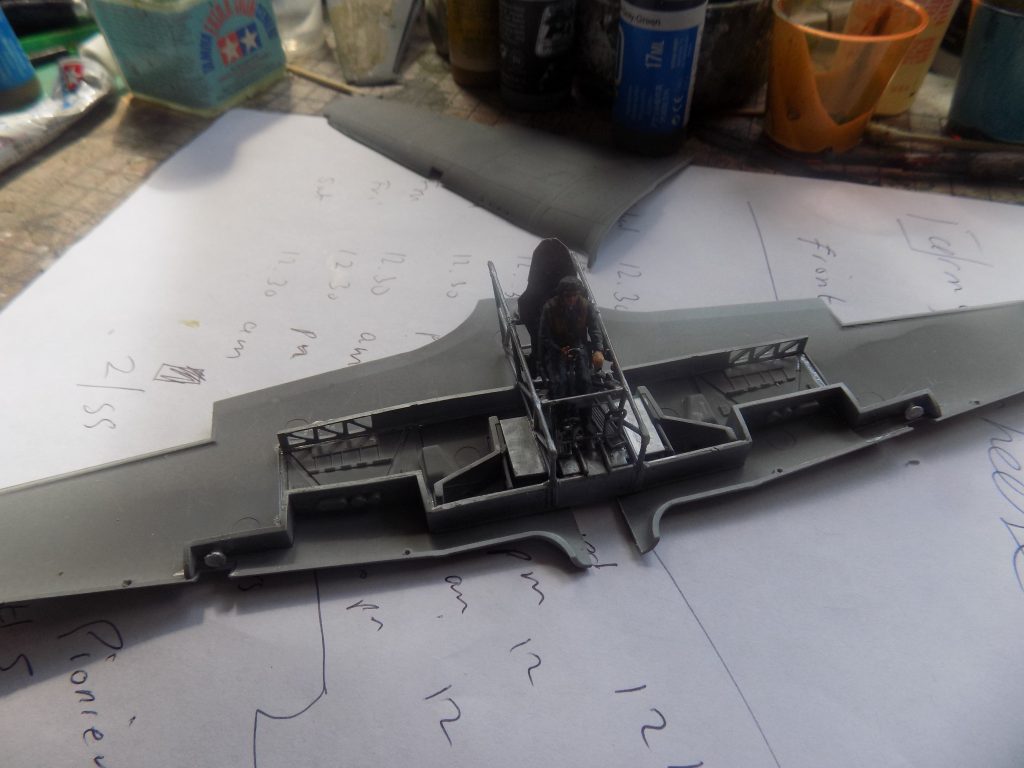
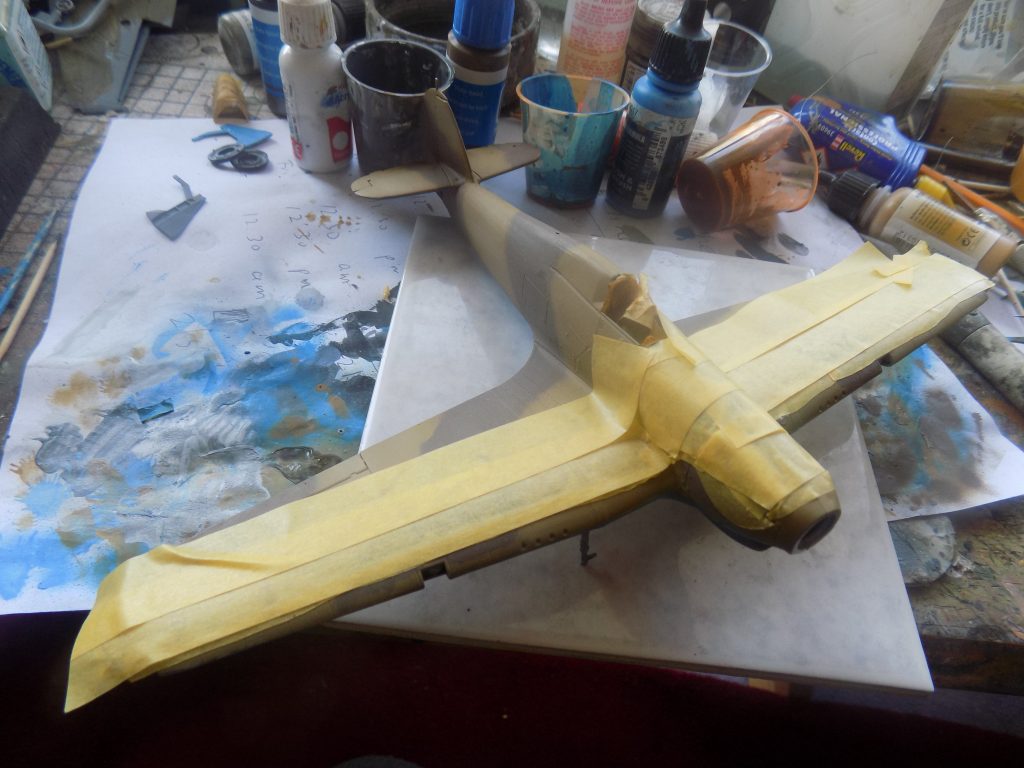
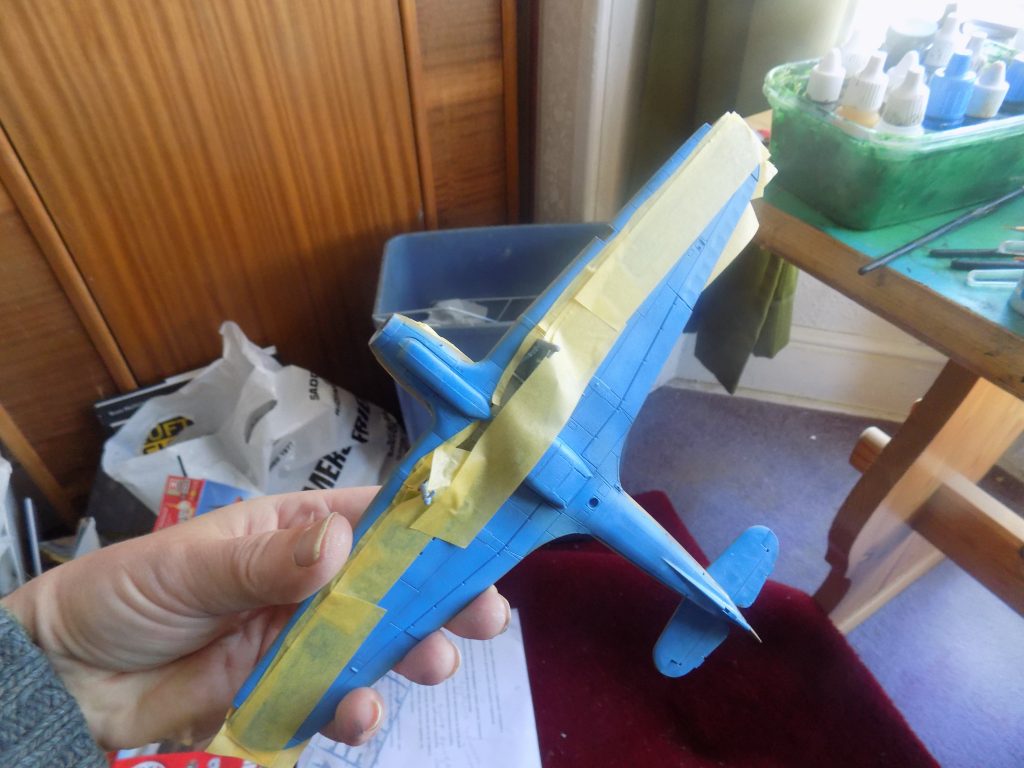
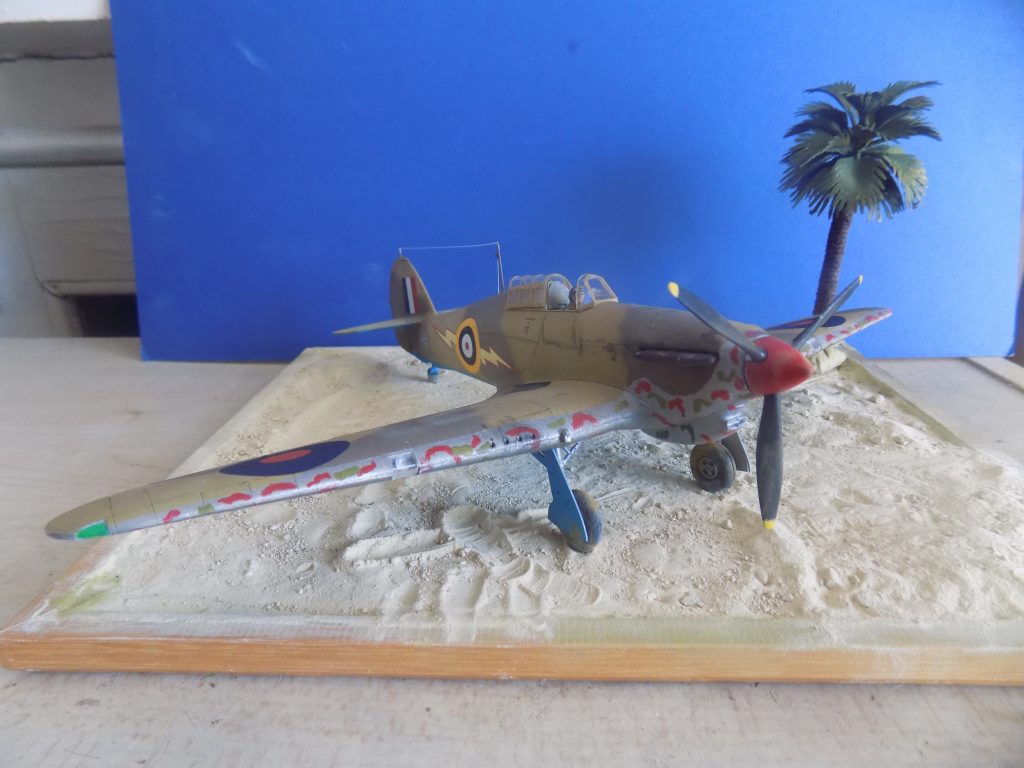
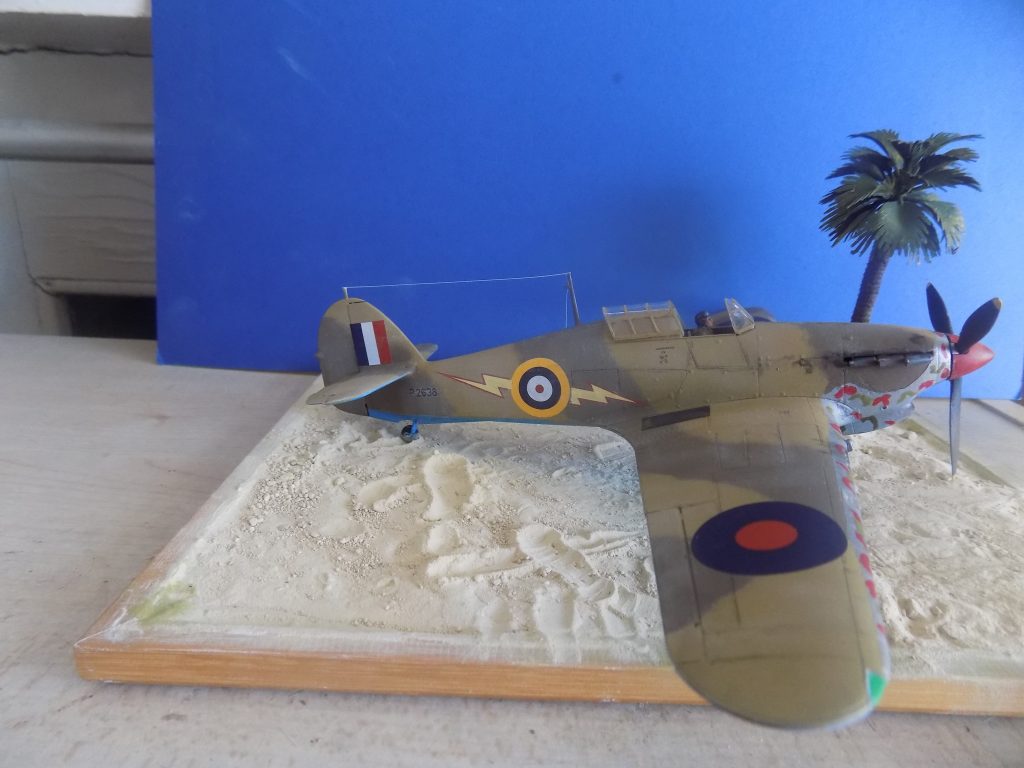

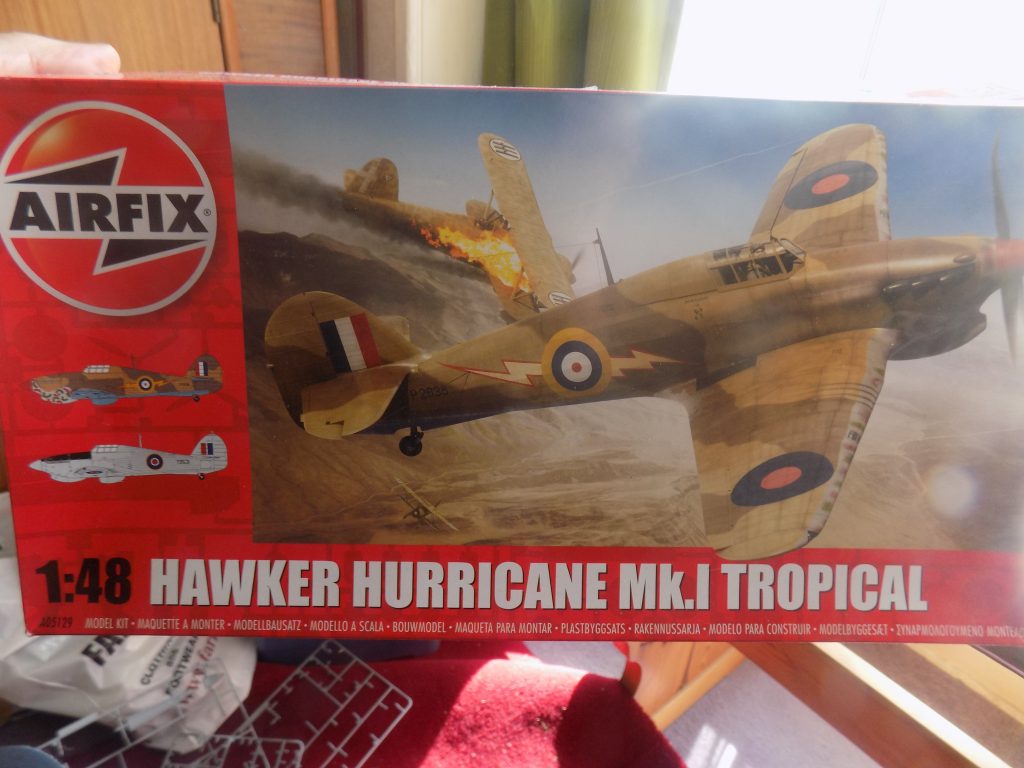

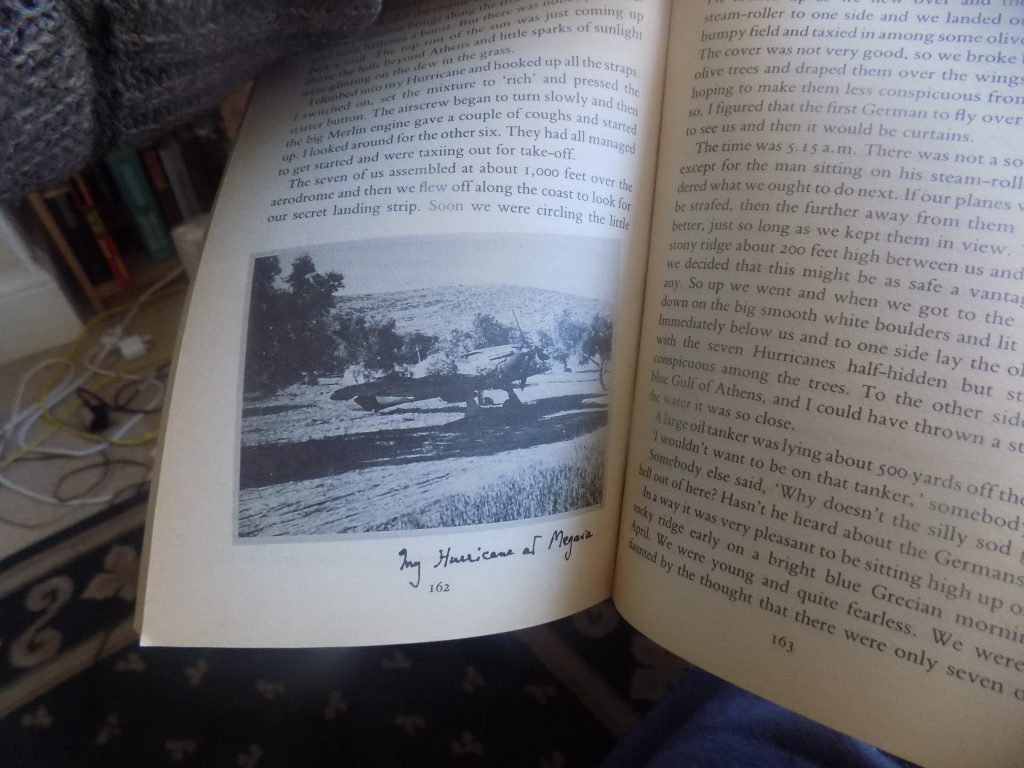
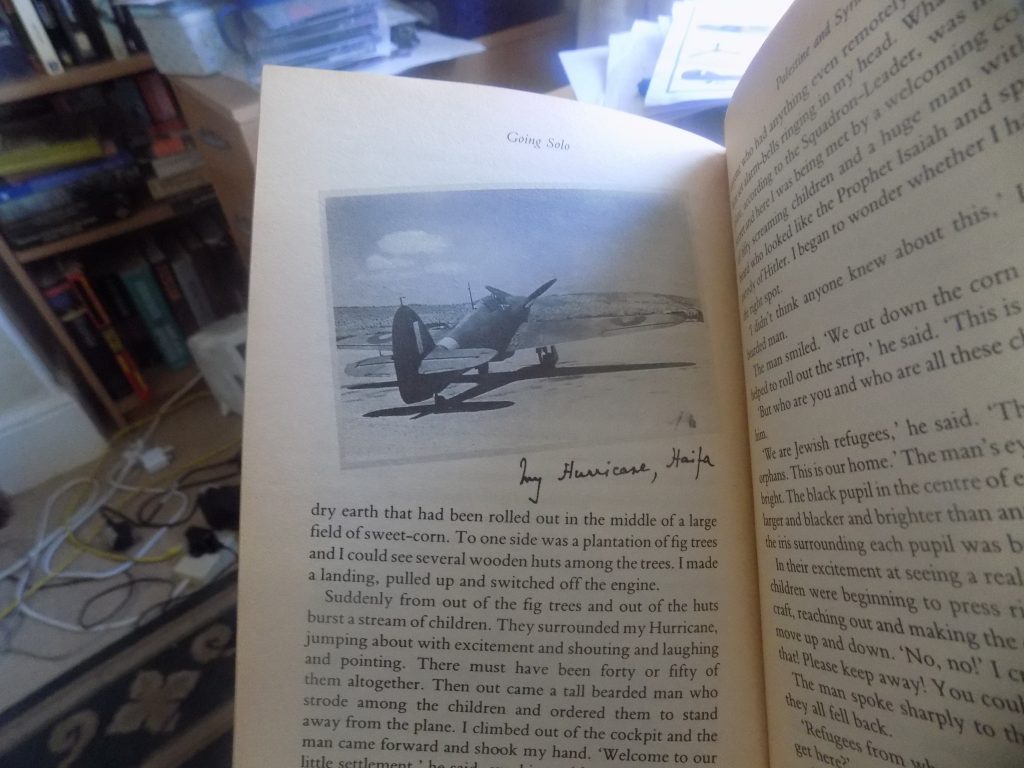
I live in Exeter and this is about the most exciting thing to happen here since World War 2!! It certainly put the city on the map from all the publicity. Who knows, maybe they will find some more!? It was thought to be an SC 1,000 (Sprengbombe Cylindrisch 1000) or 1,000kg ‘Hermann bomb’ and was found on a waste site near the University campus. Exeter was badly damaged during the so-called Baedeker raids in April-May 1942. I live about a mile or so from the site and the boom was very loud but luckily no damage done to the house! When my parents first came to Exeter in the early 1950s, the whole of the city centre was practically in ruins. There used to be a common saying here that what the Luftwaffe started the City Council finished off when it redeveloped the city in the post-war period!